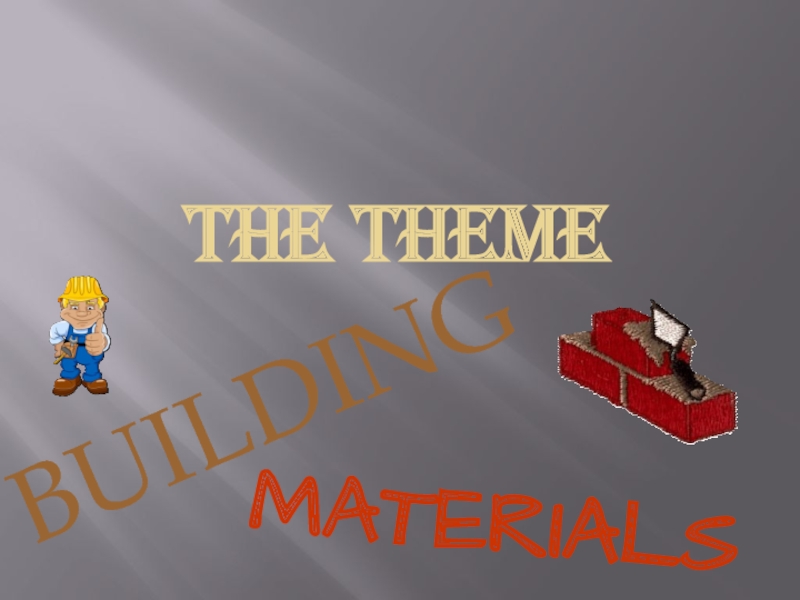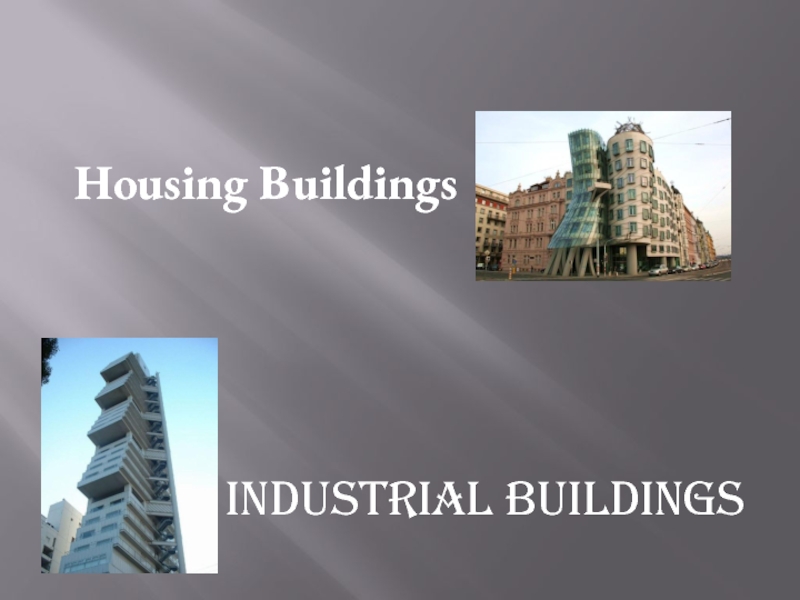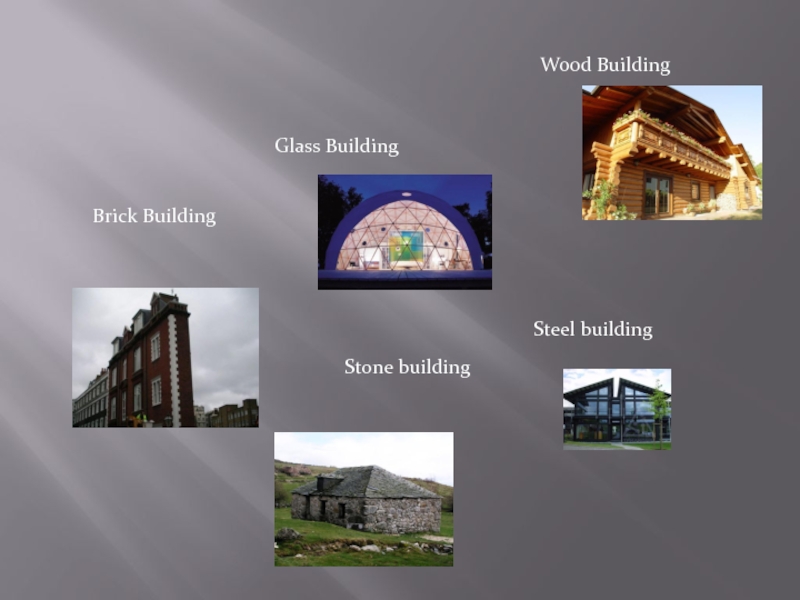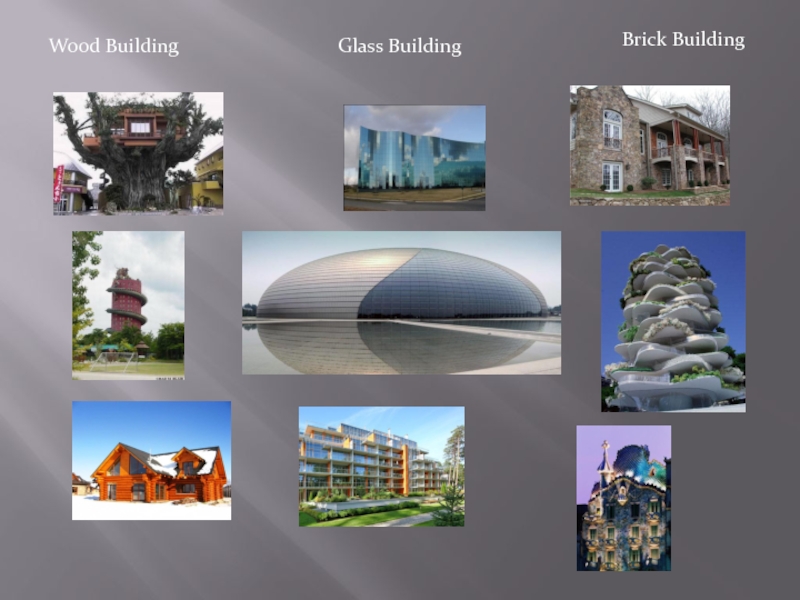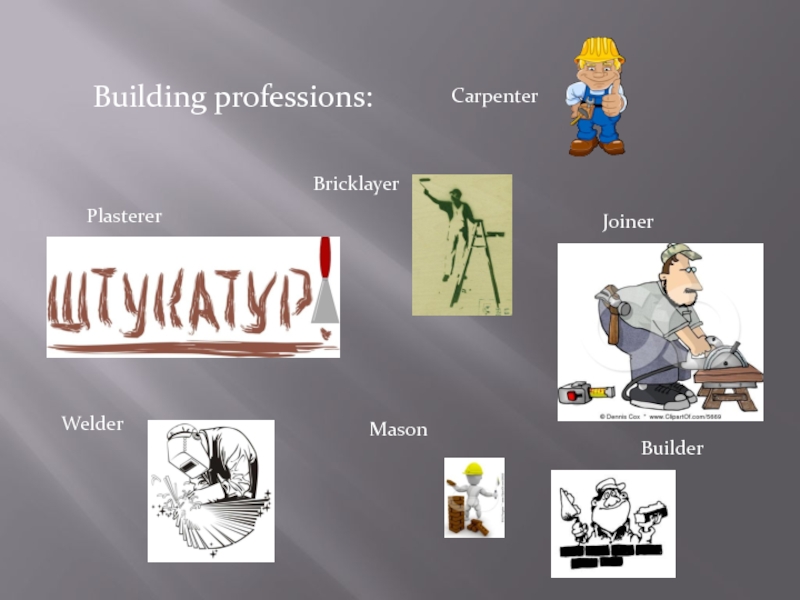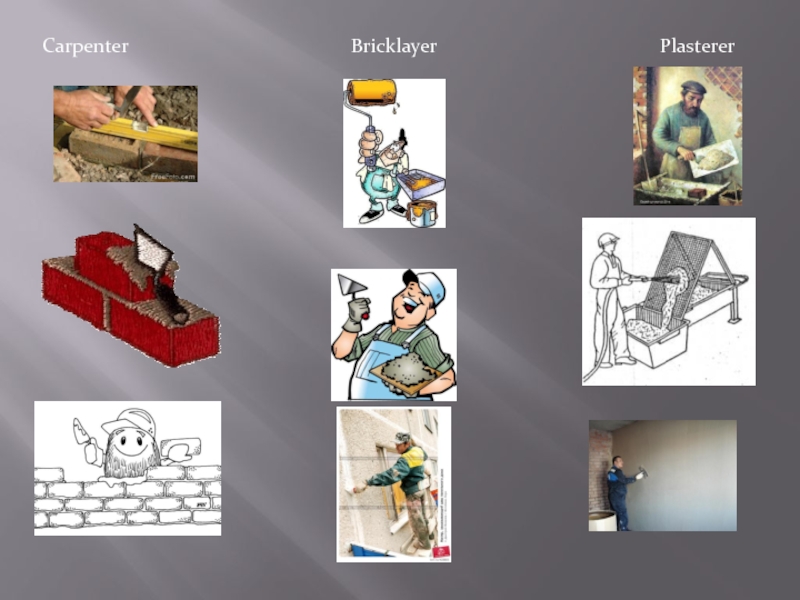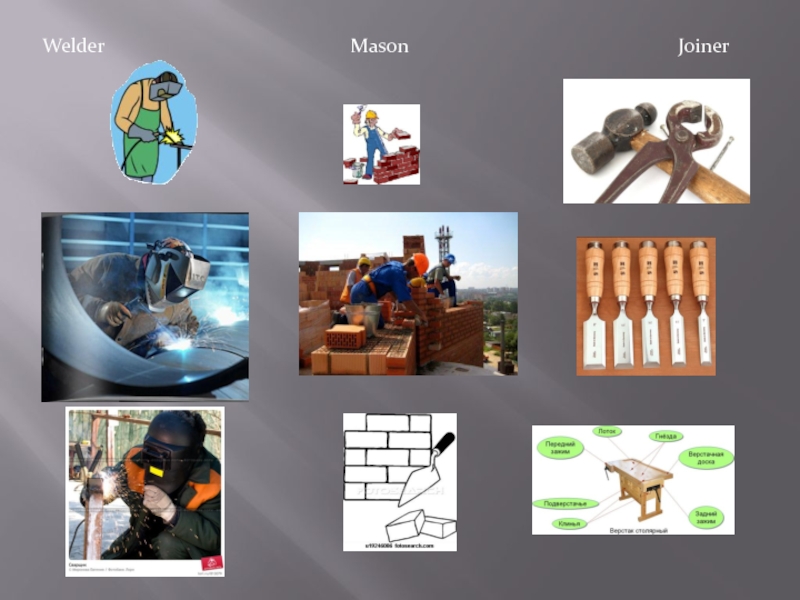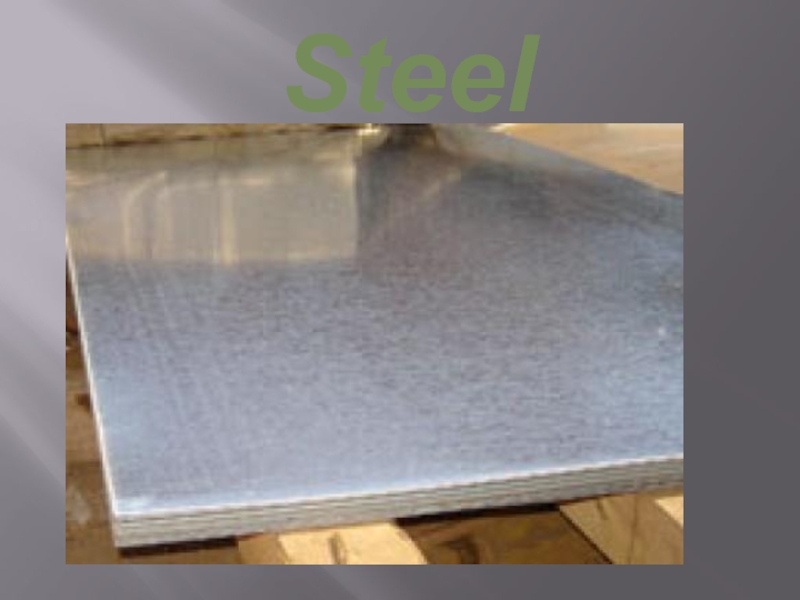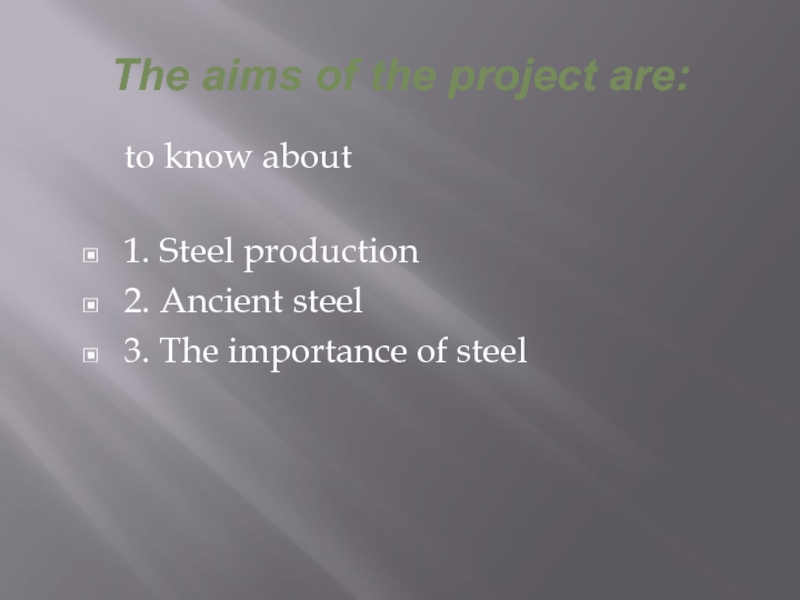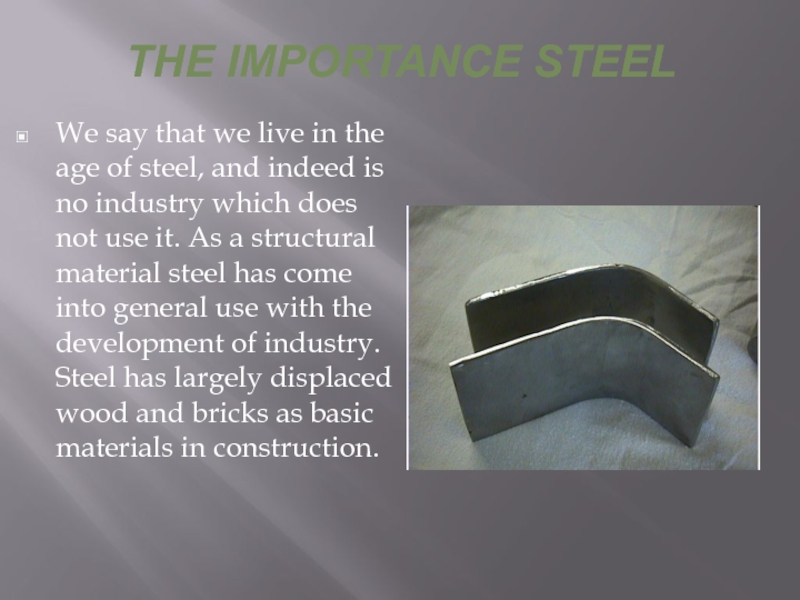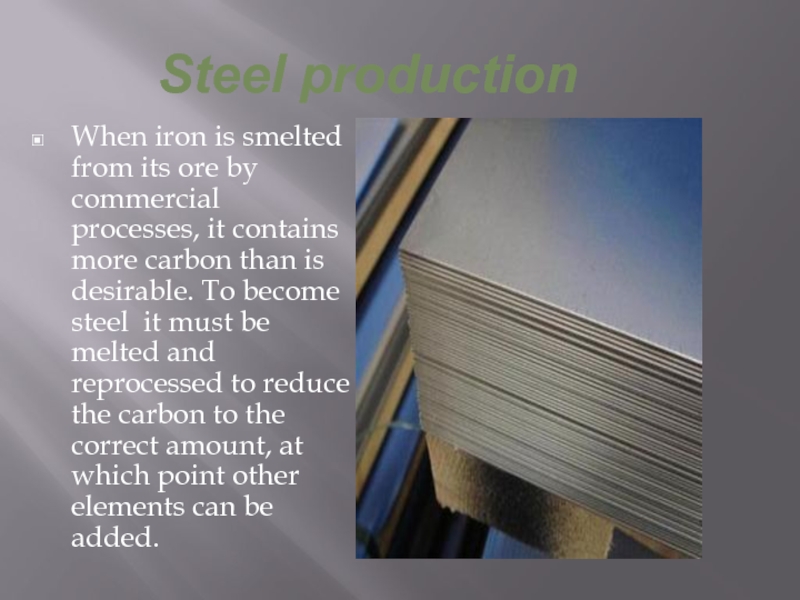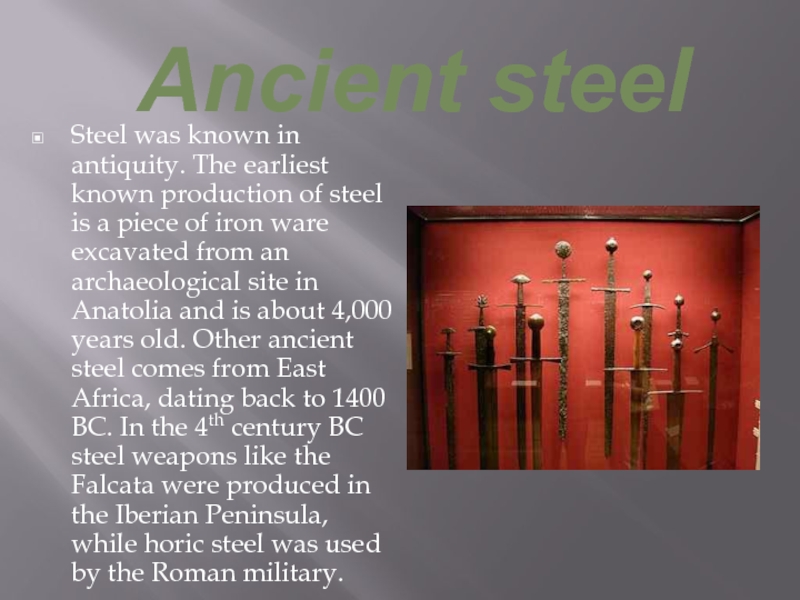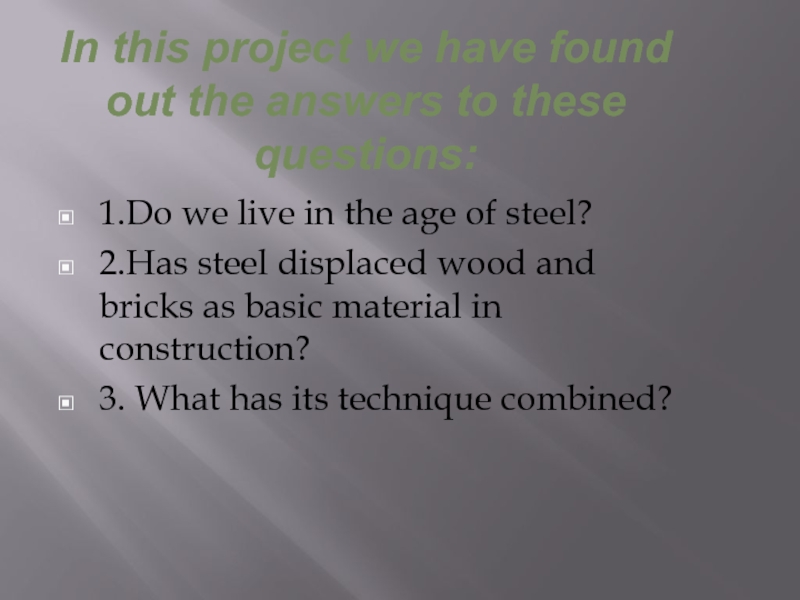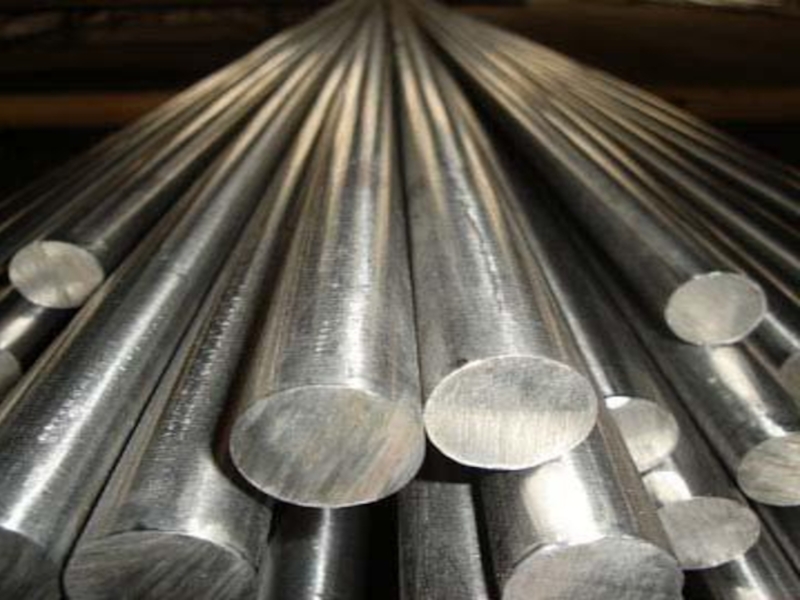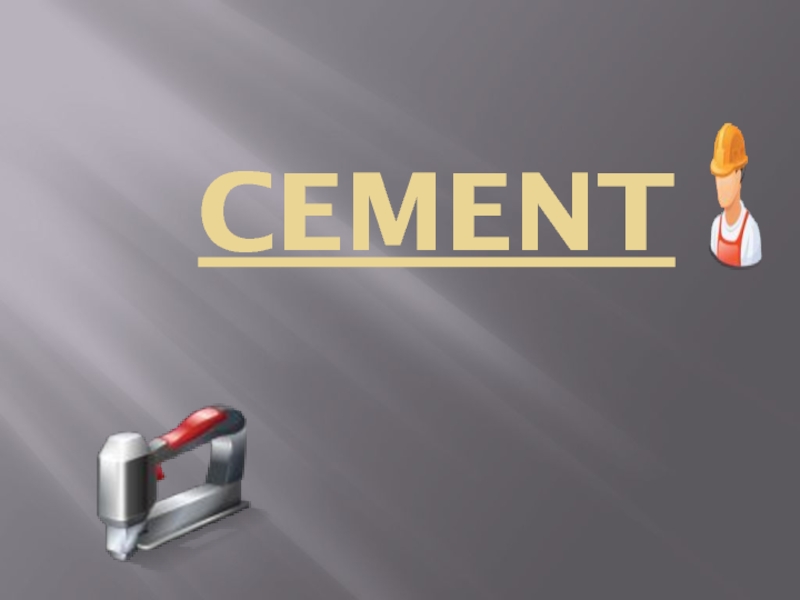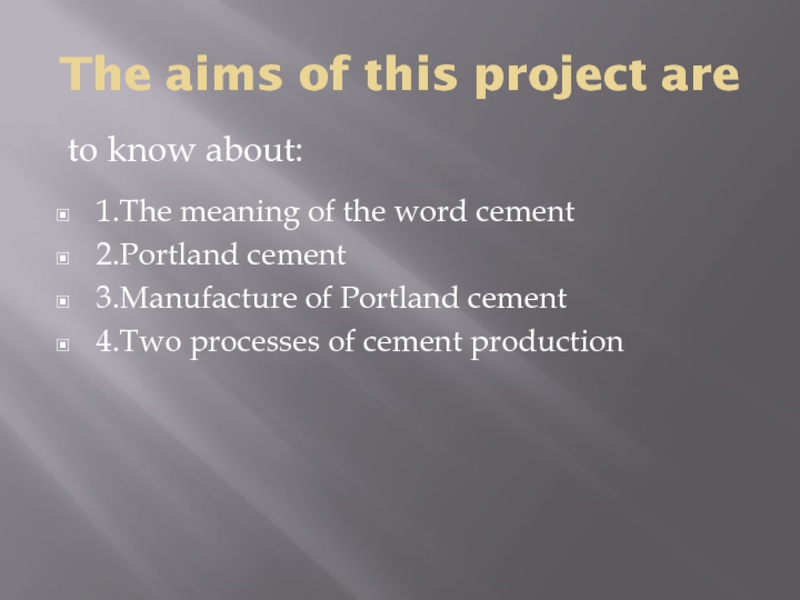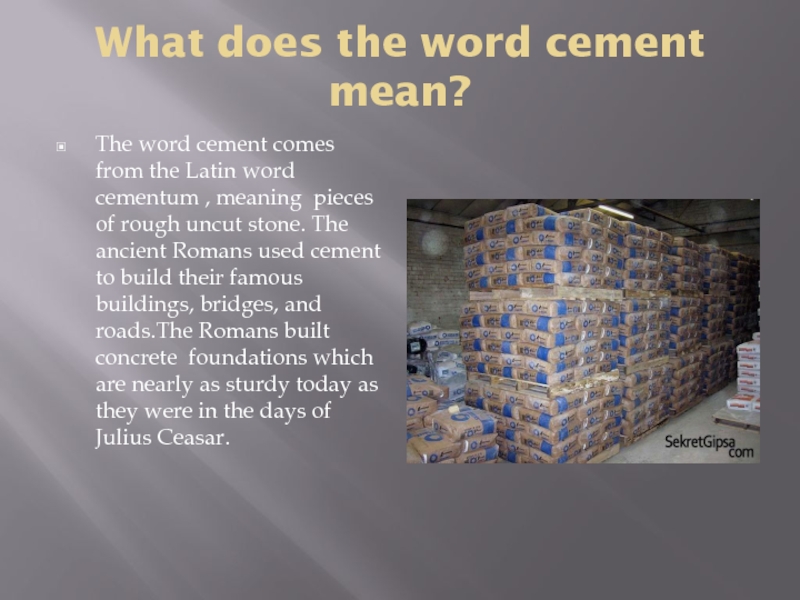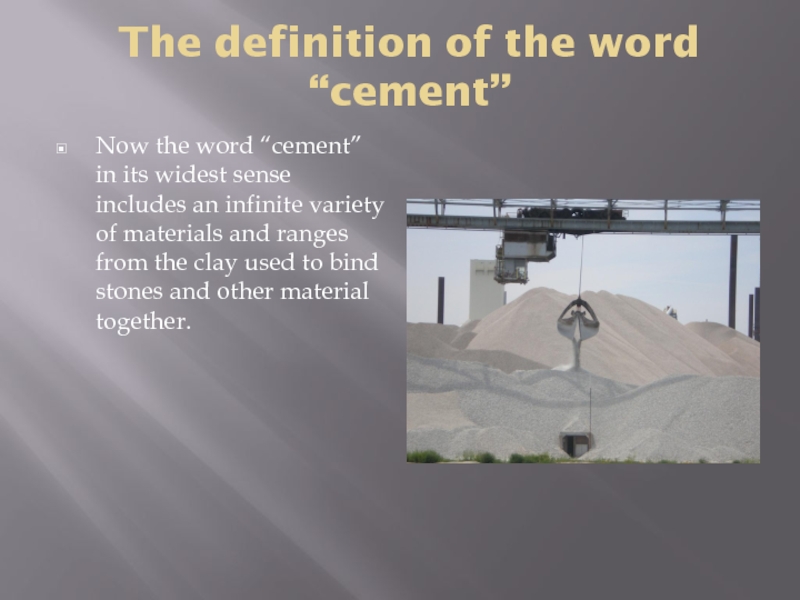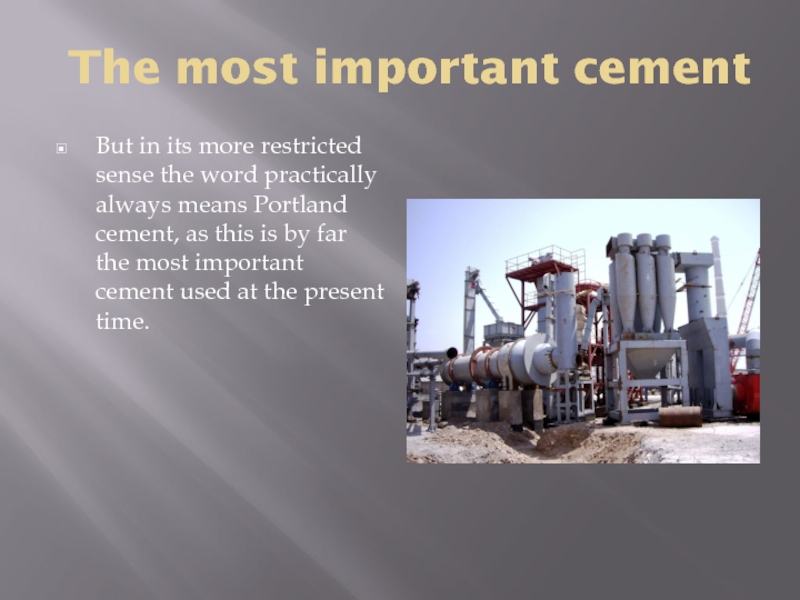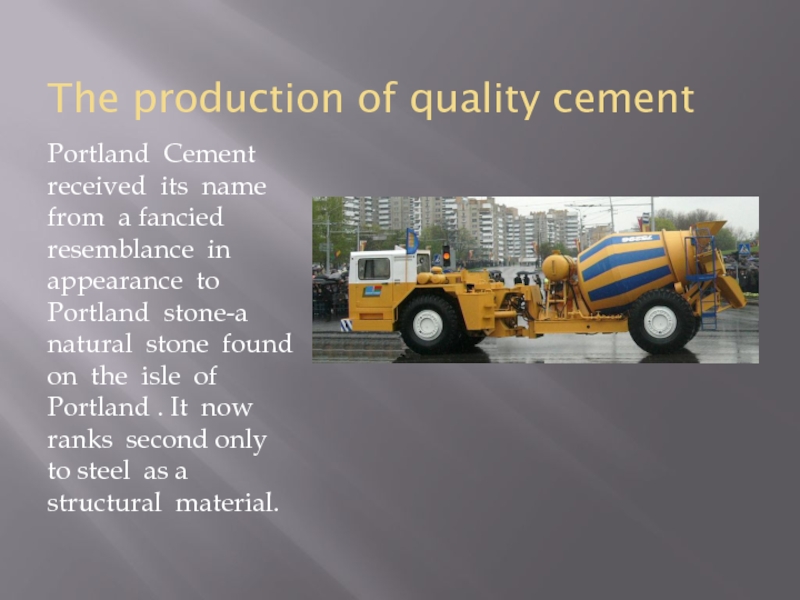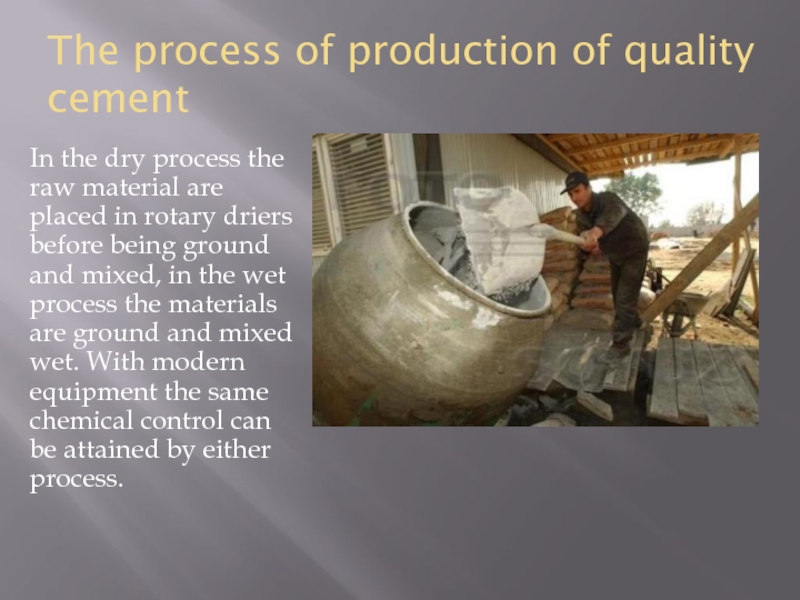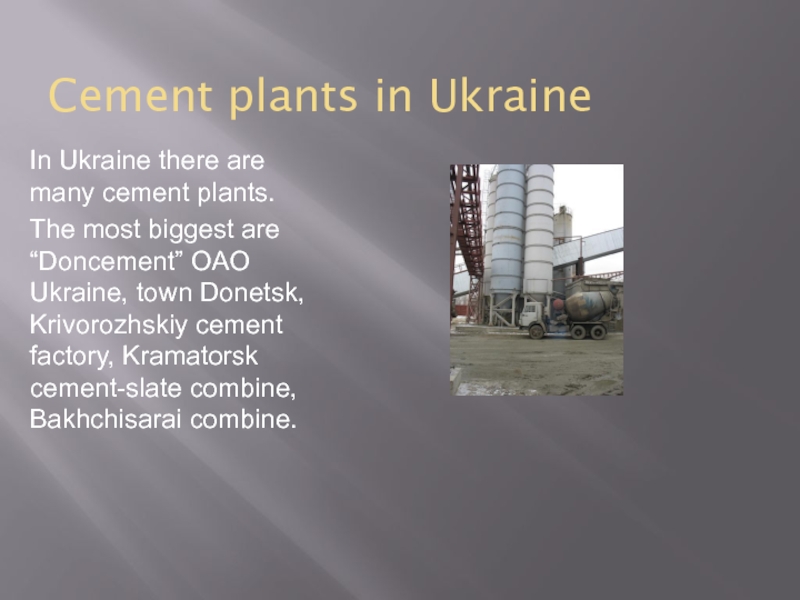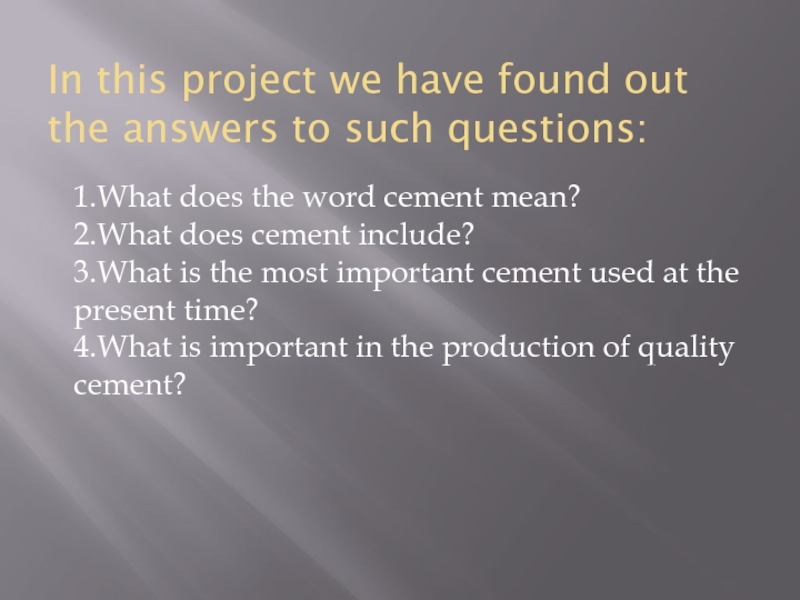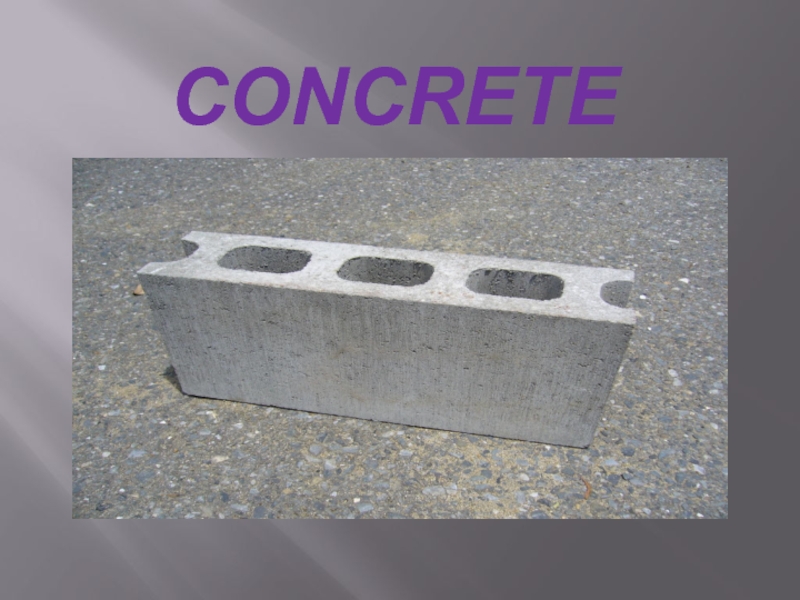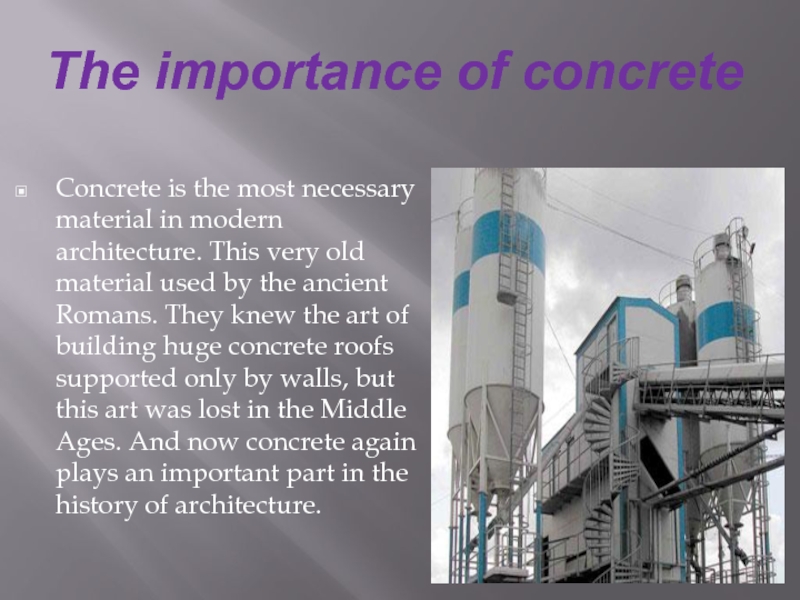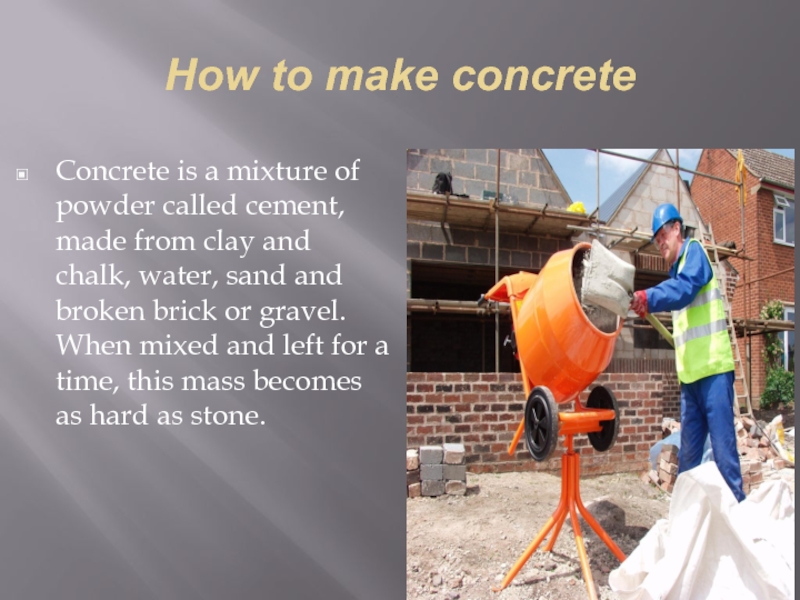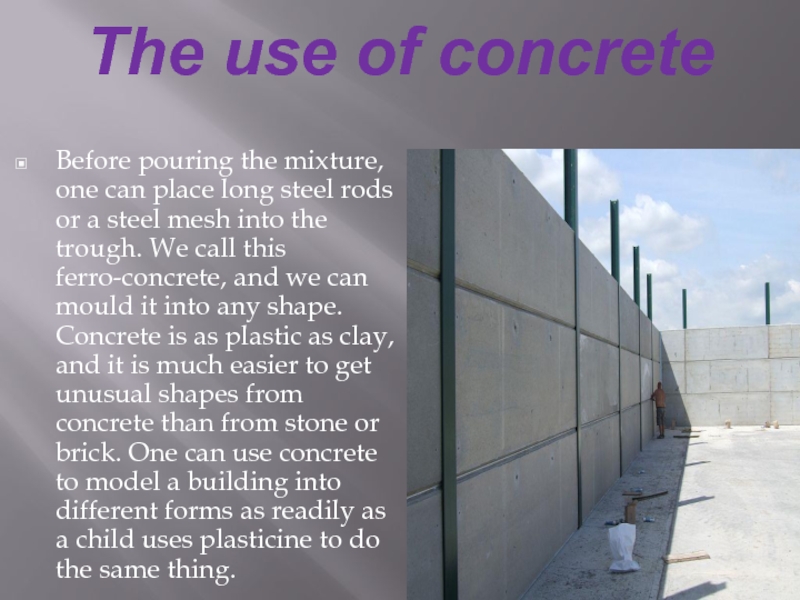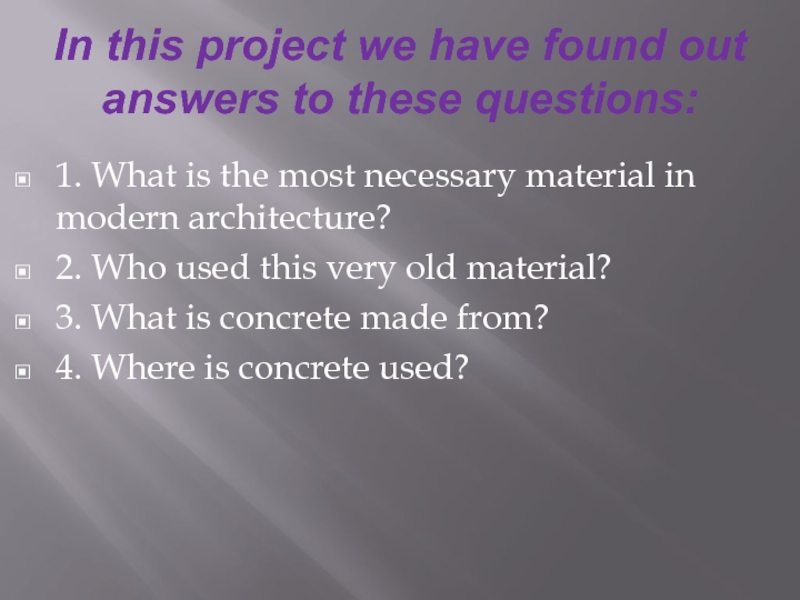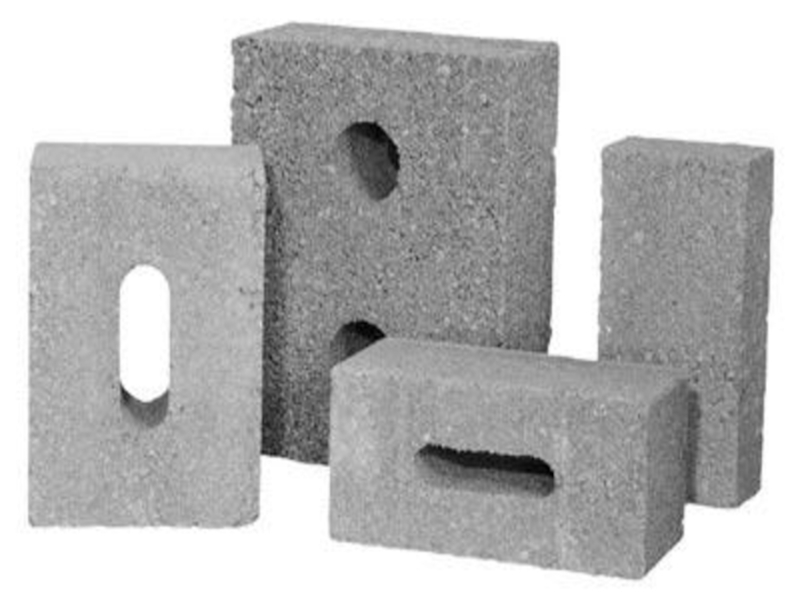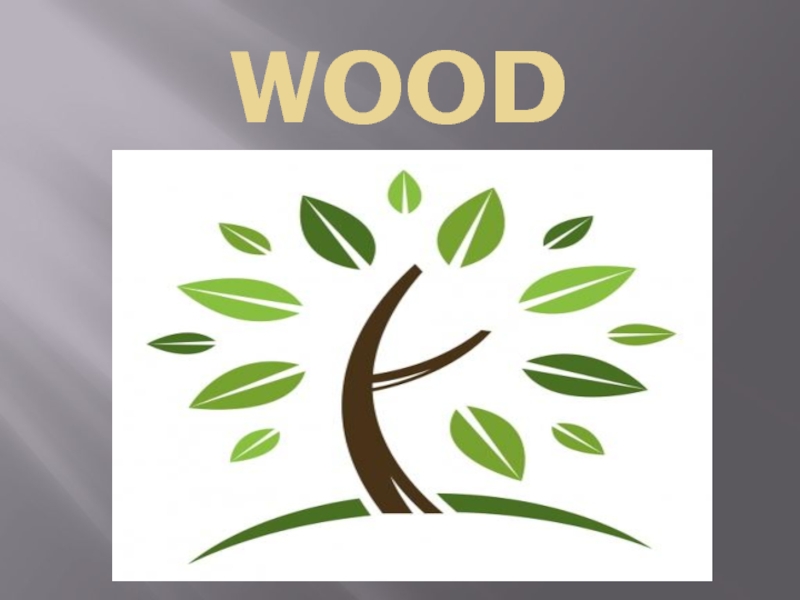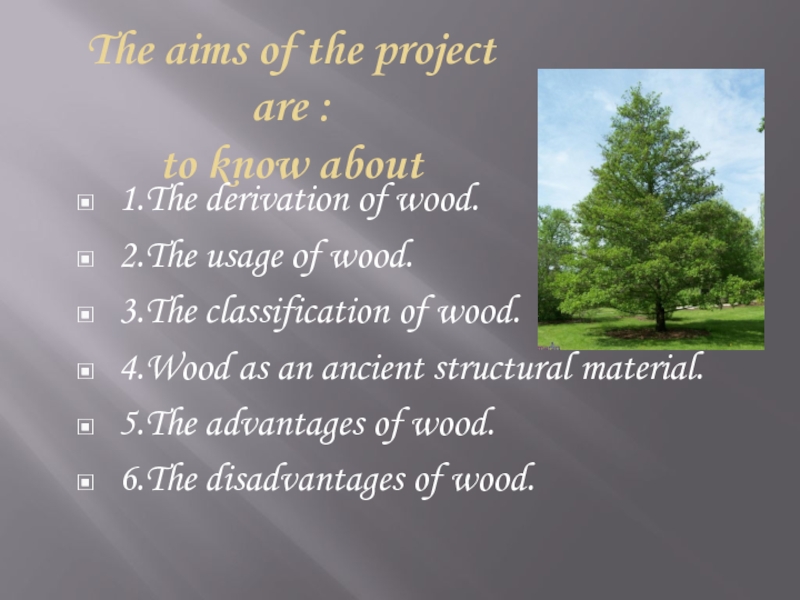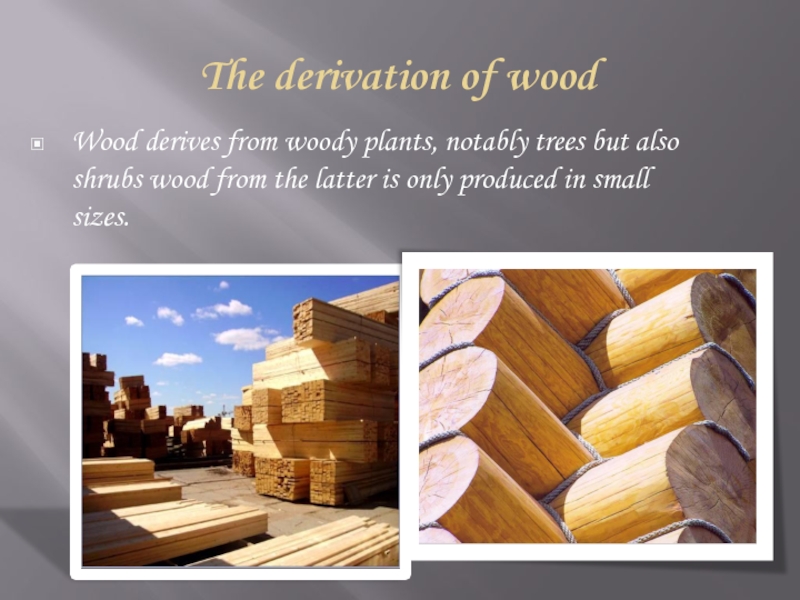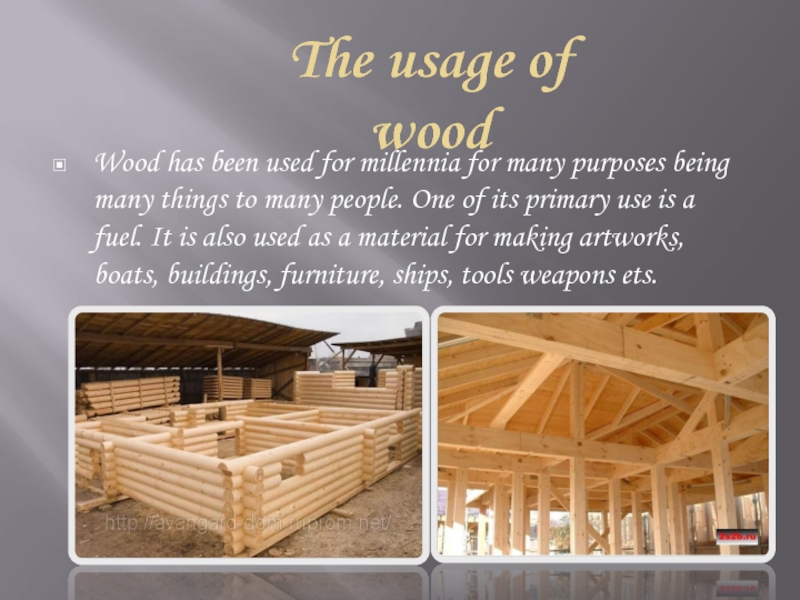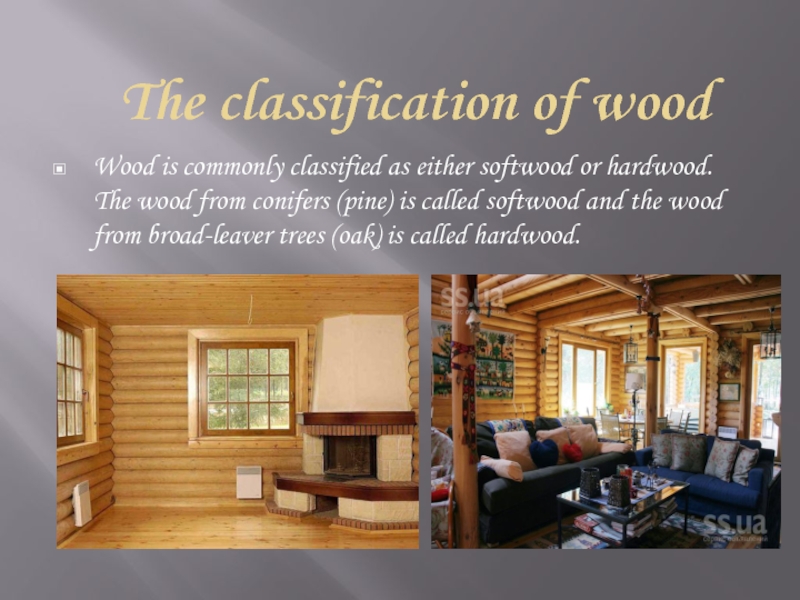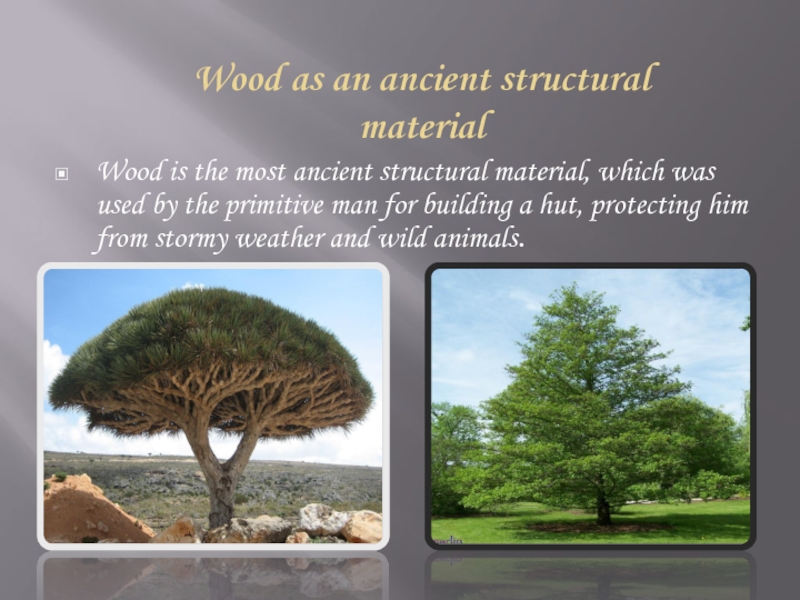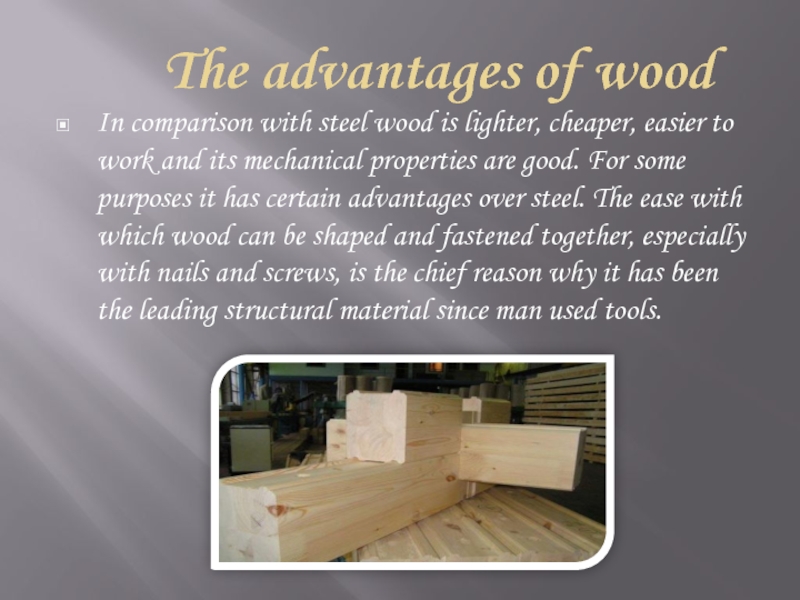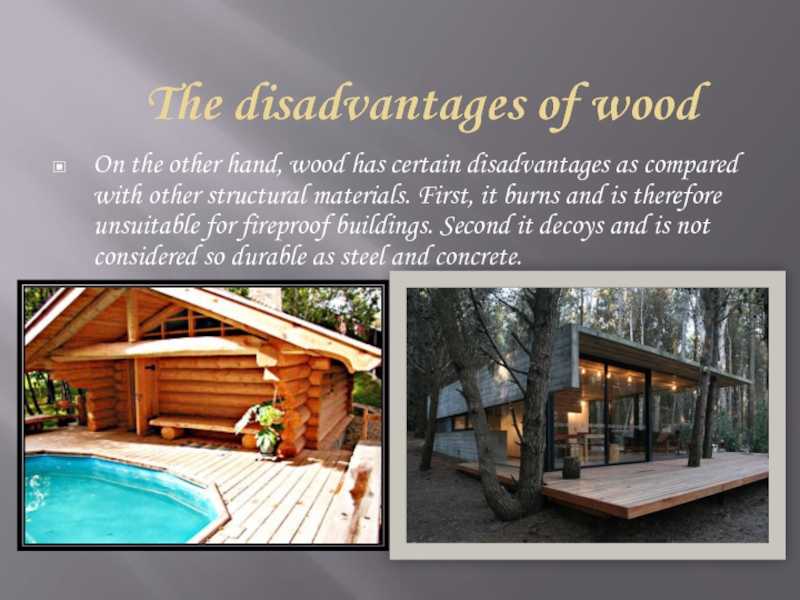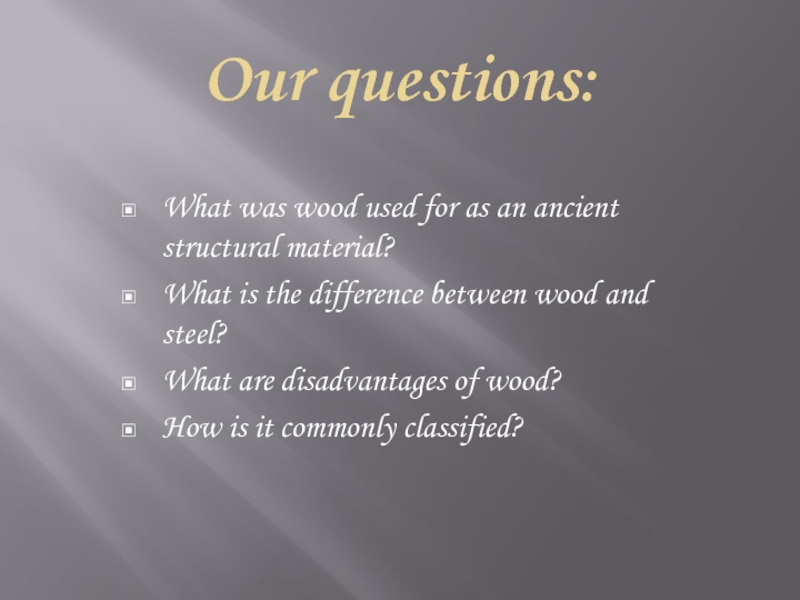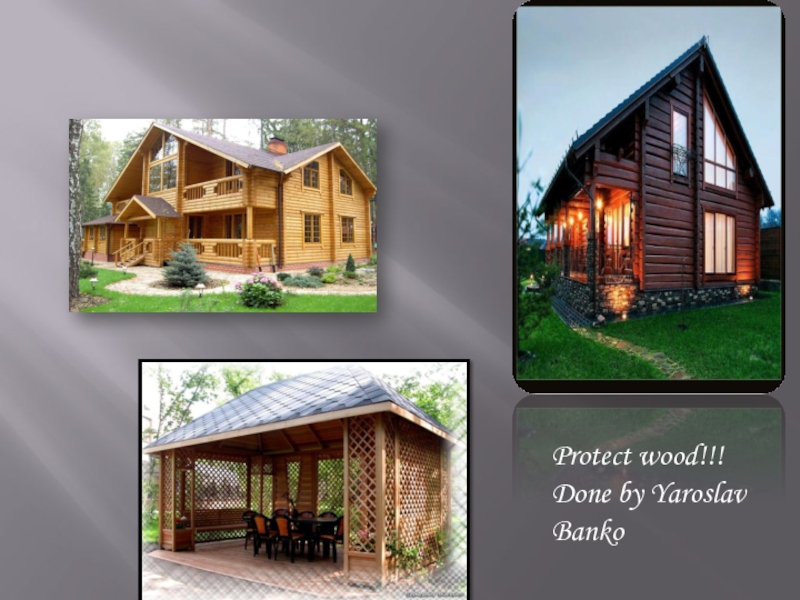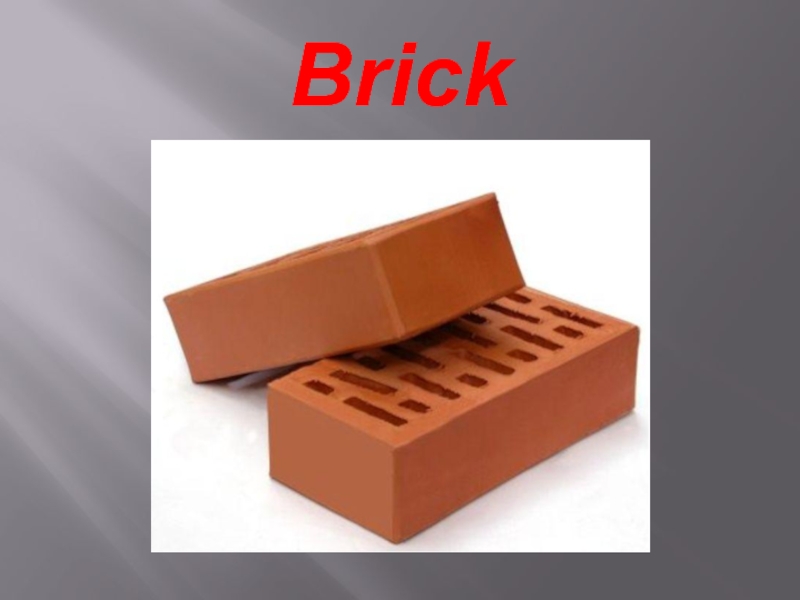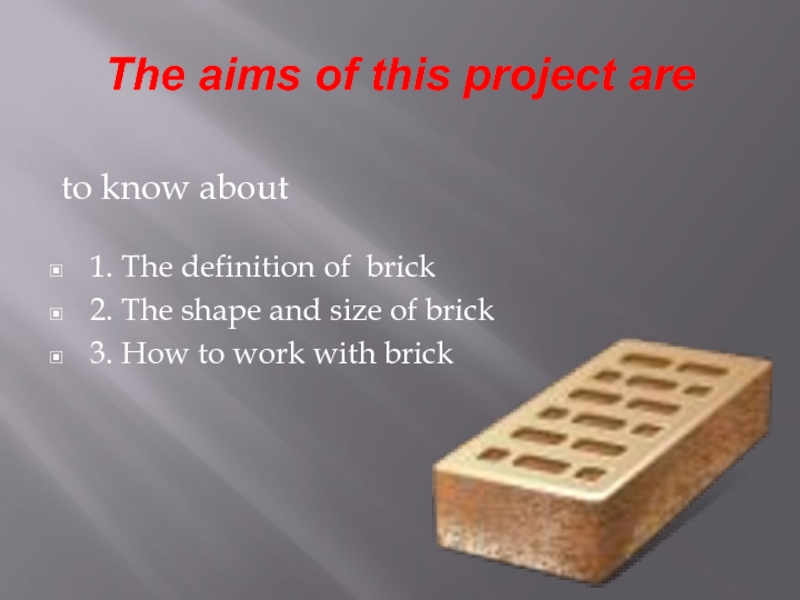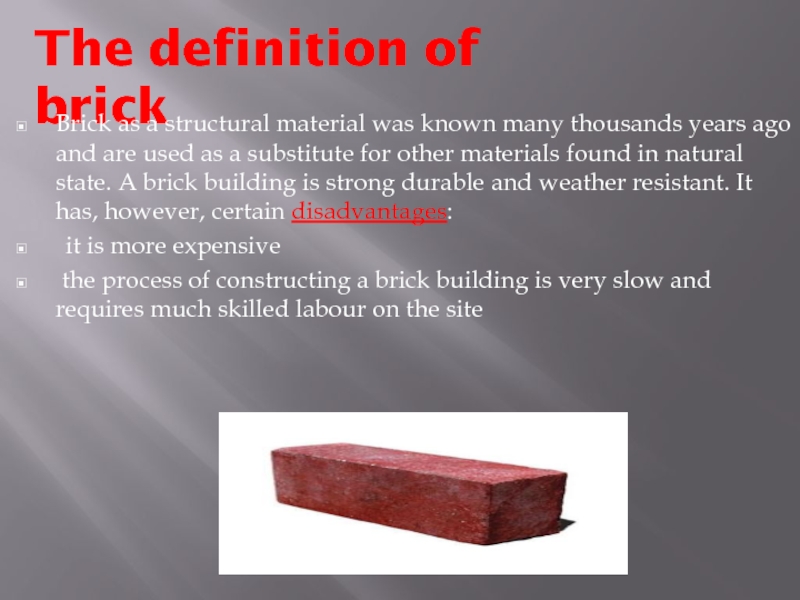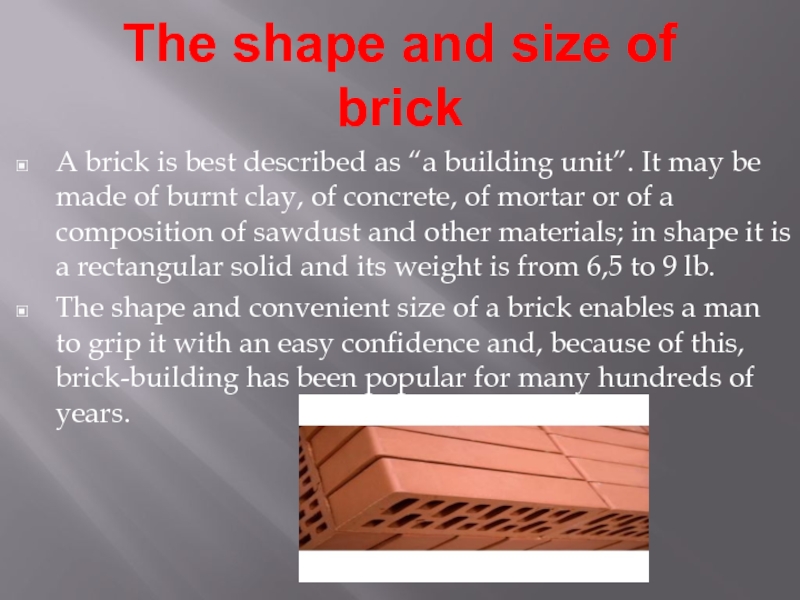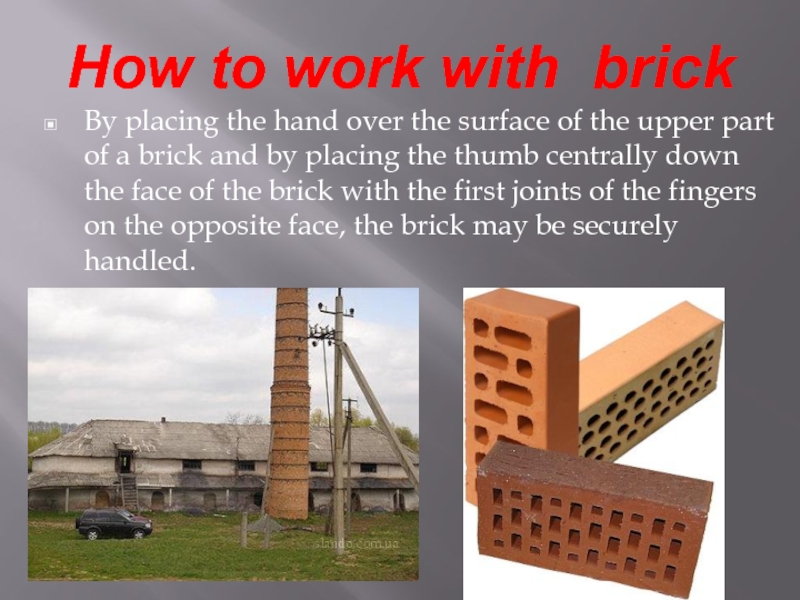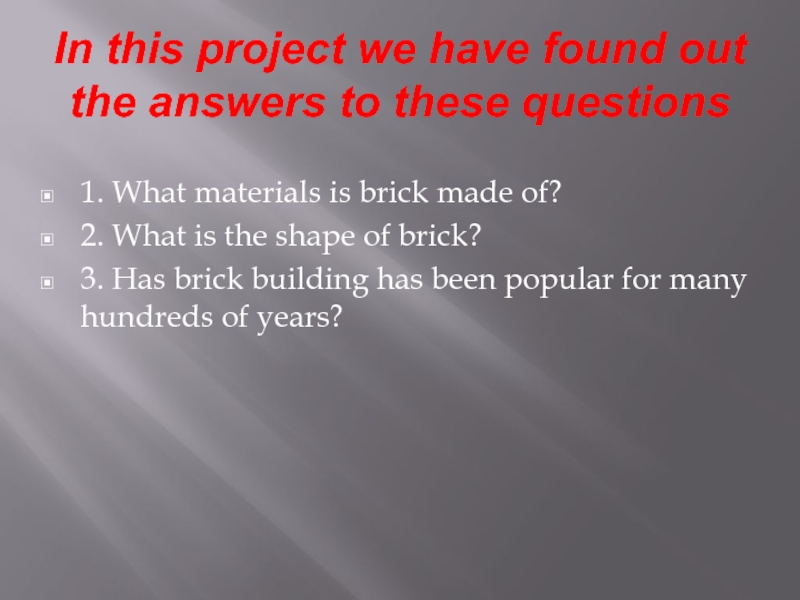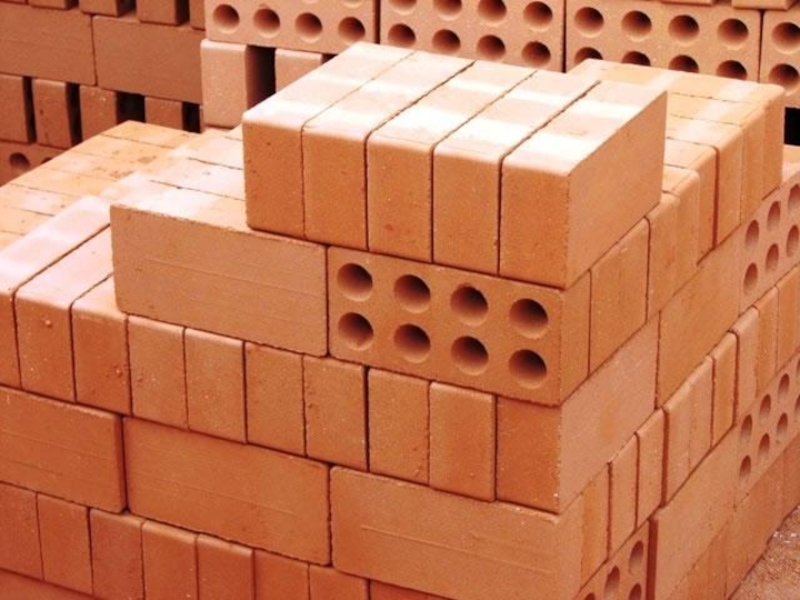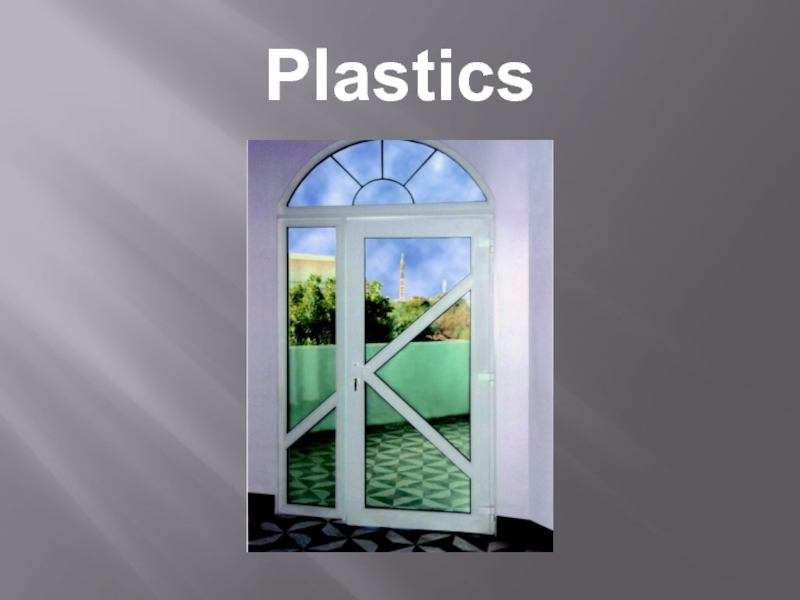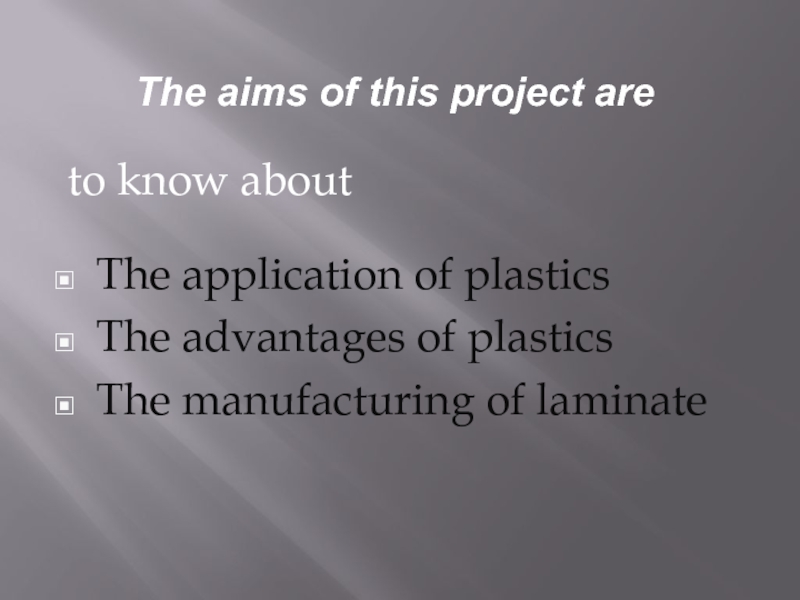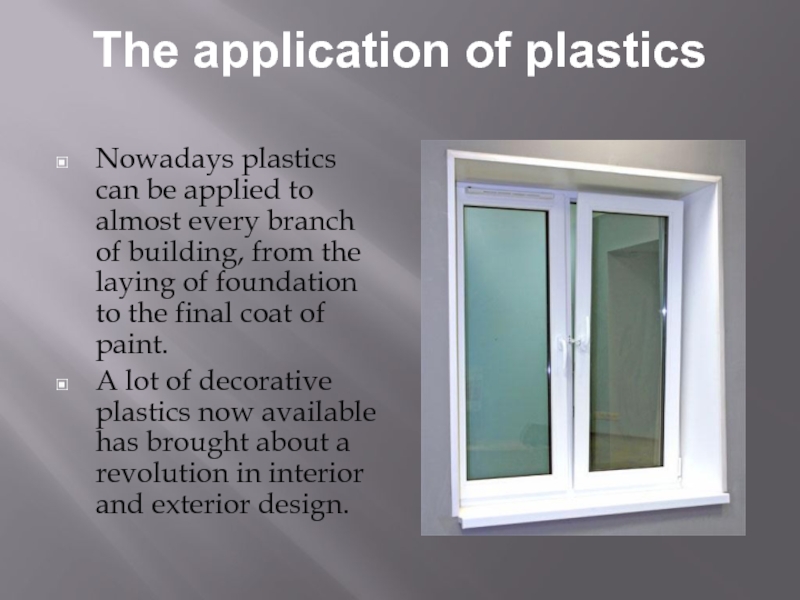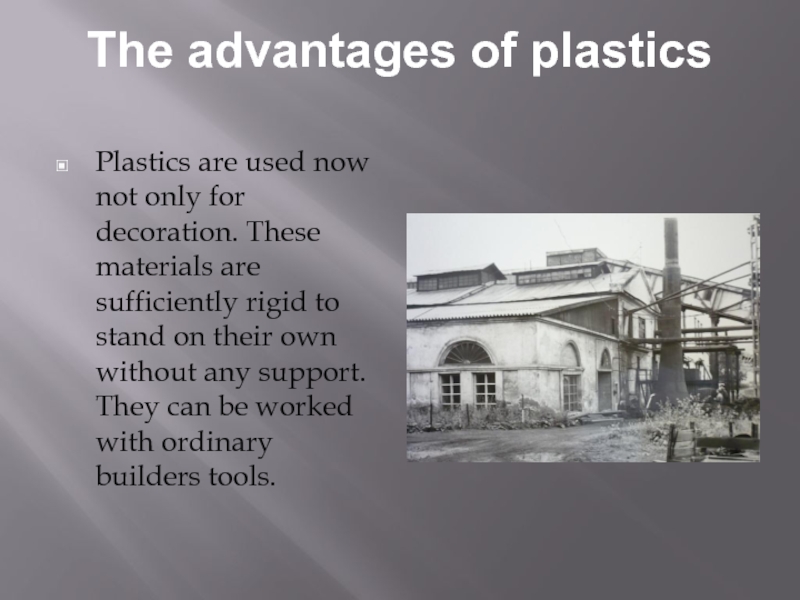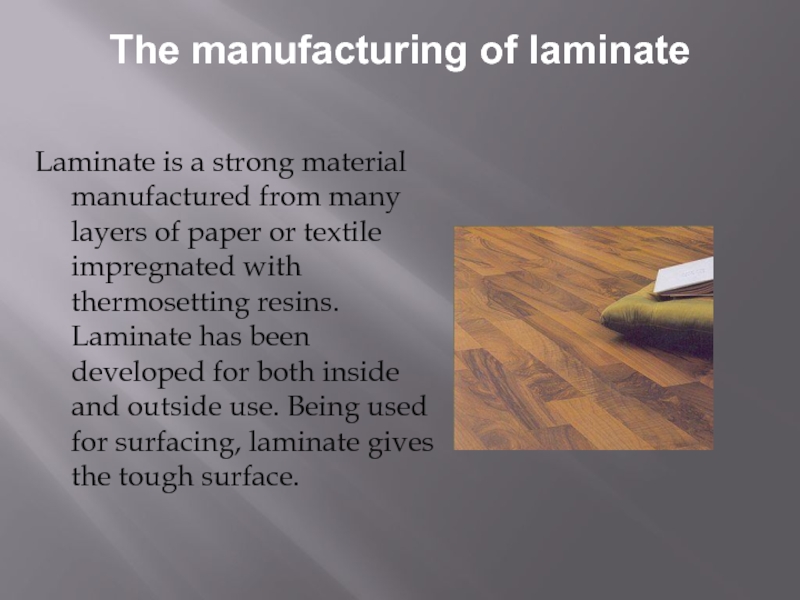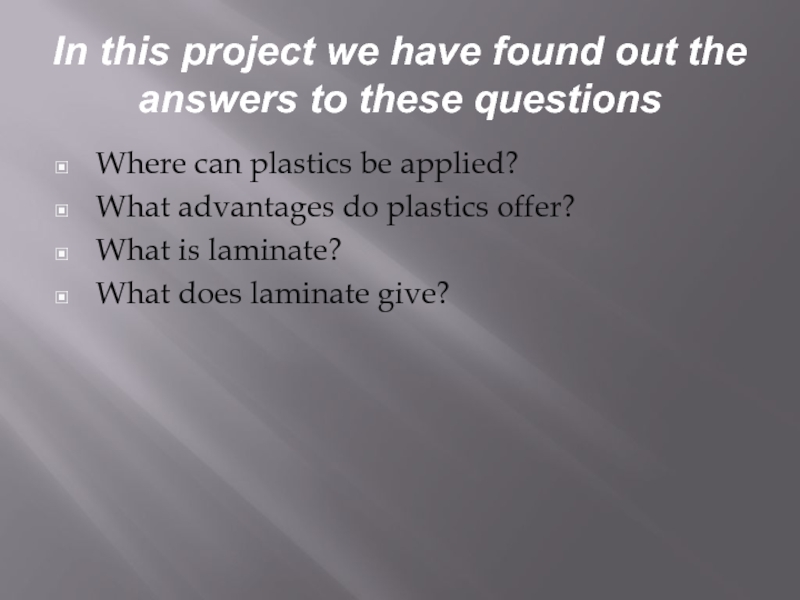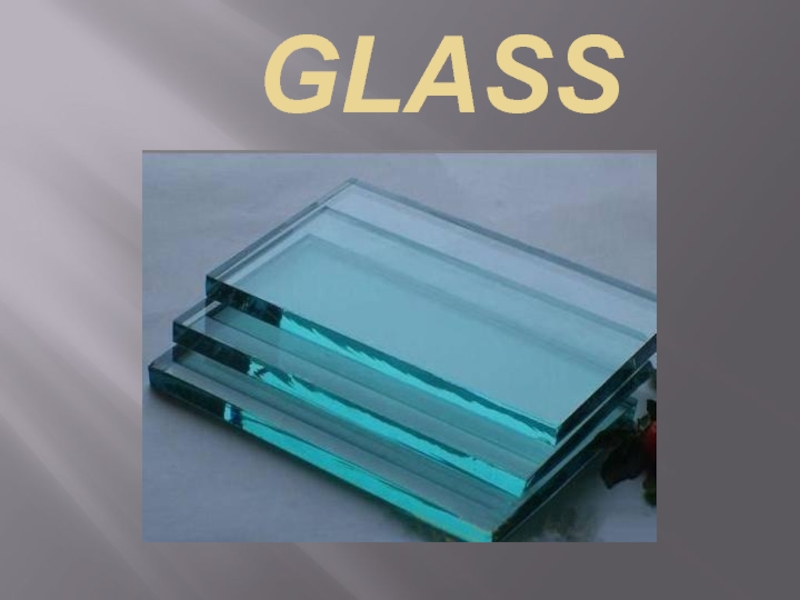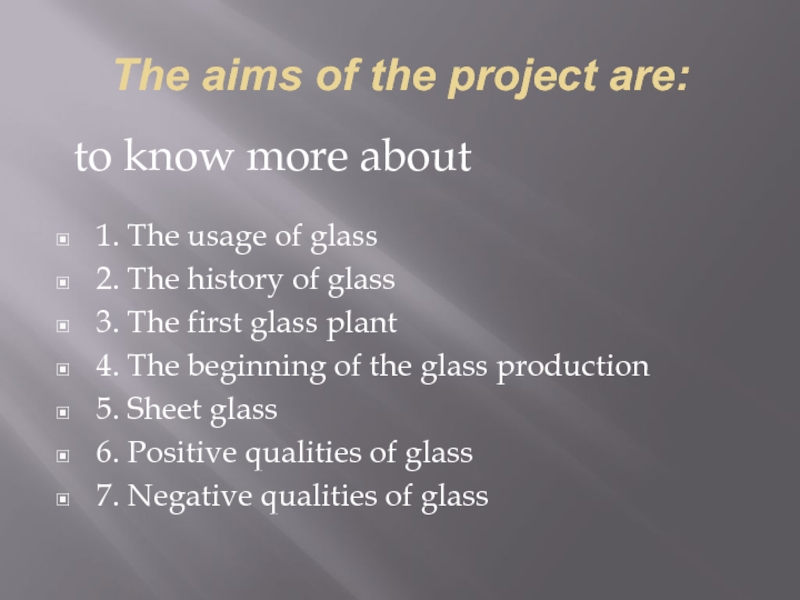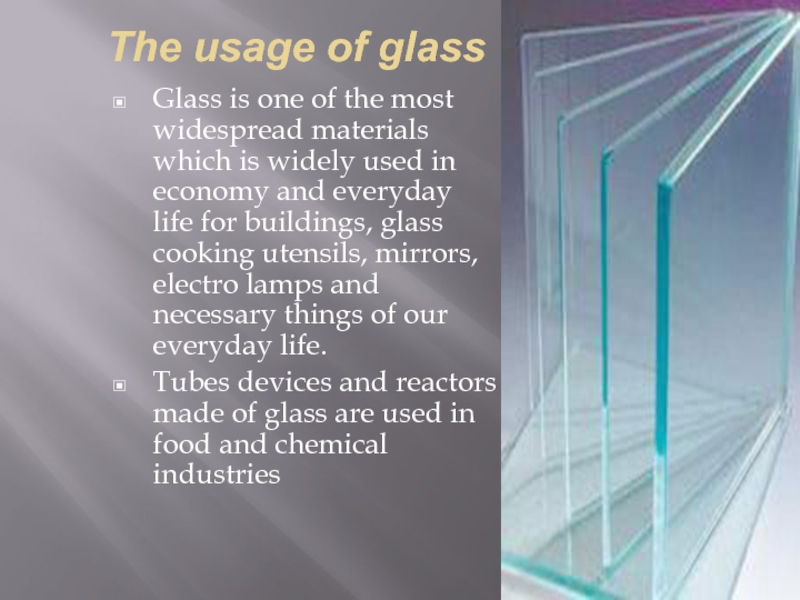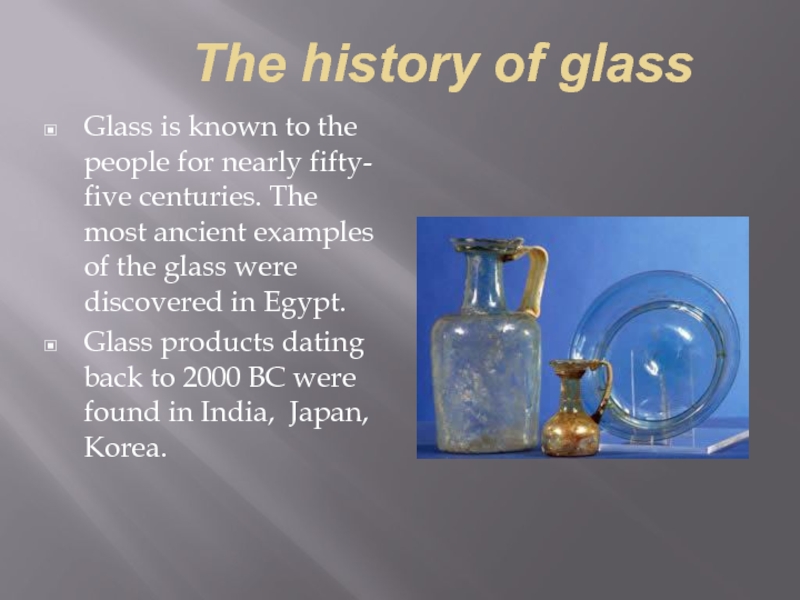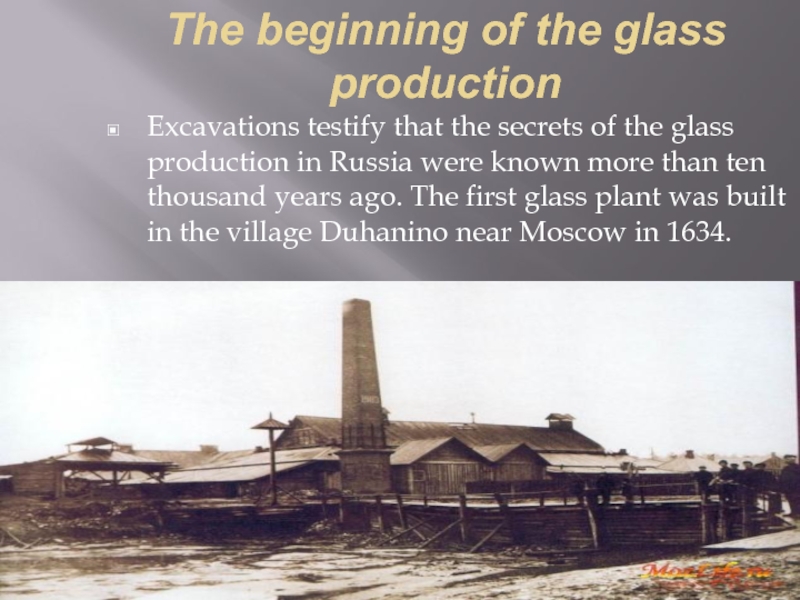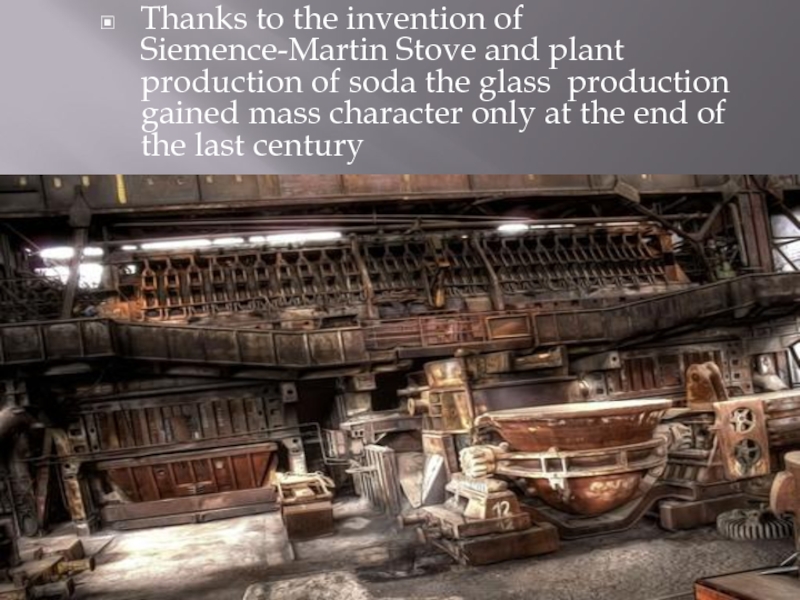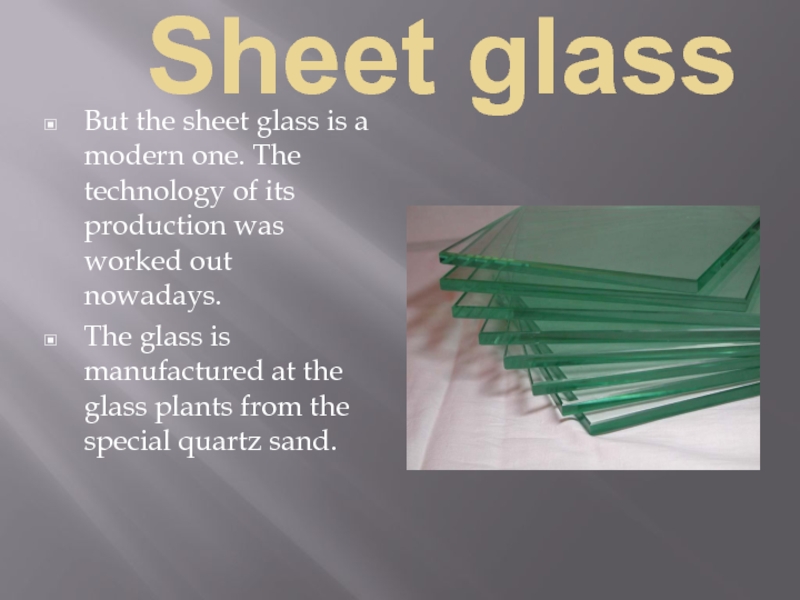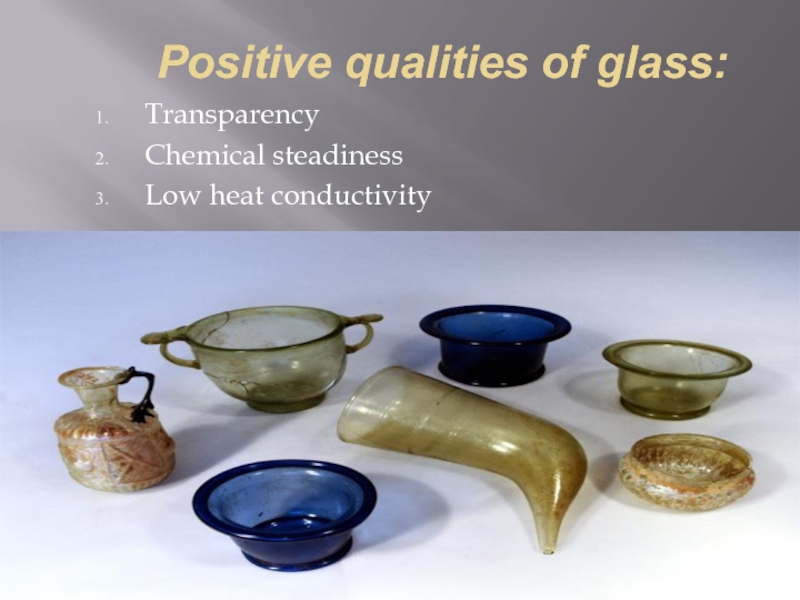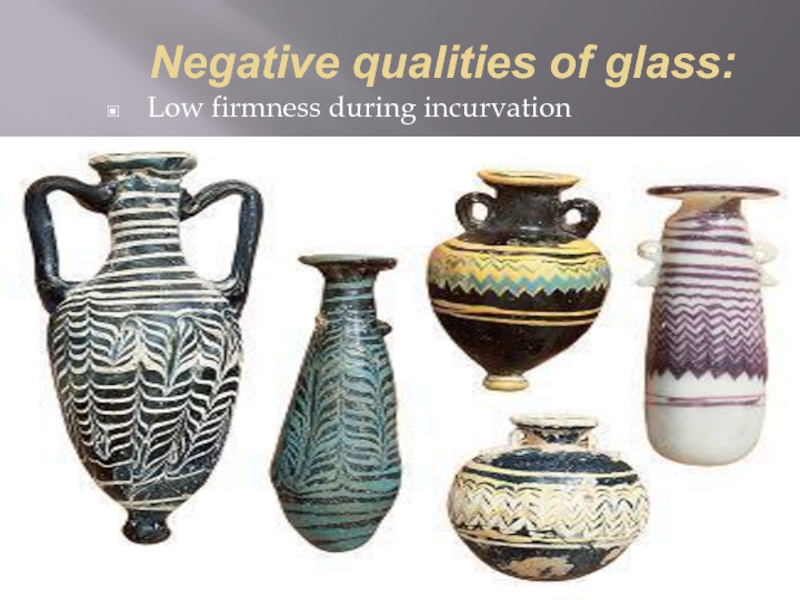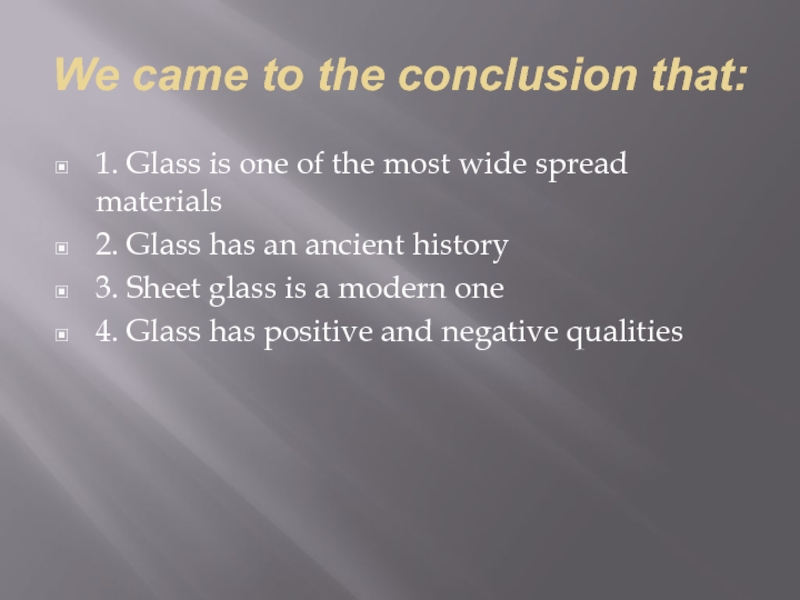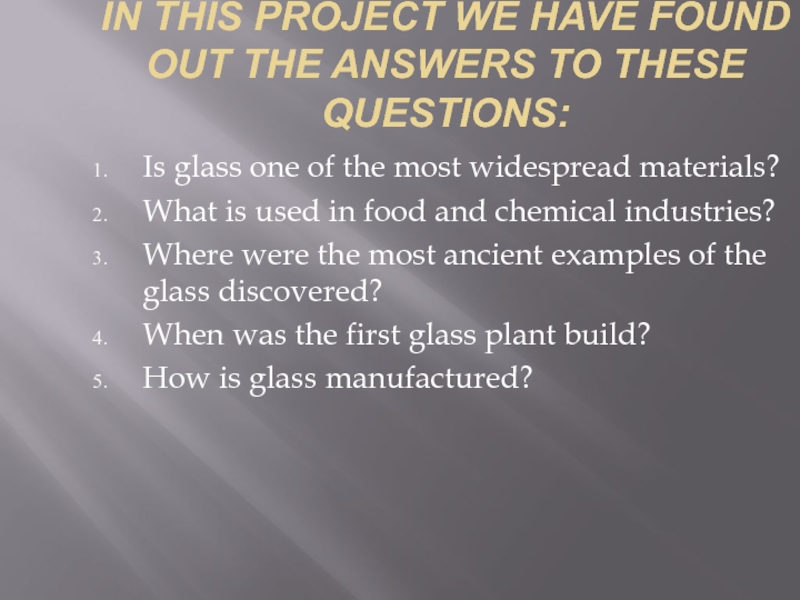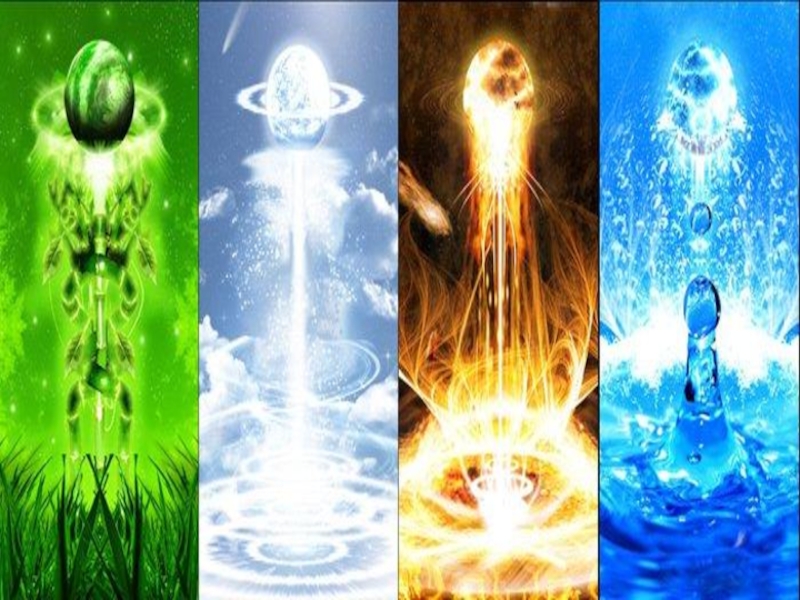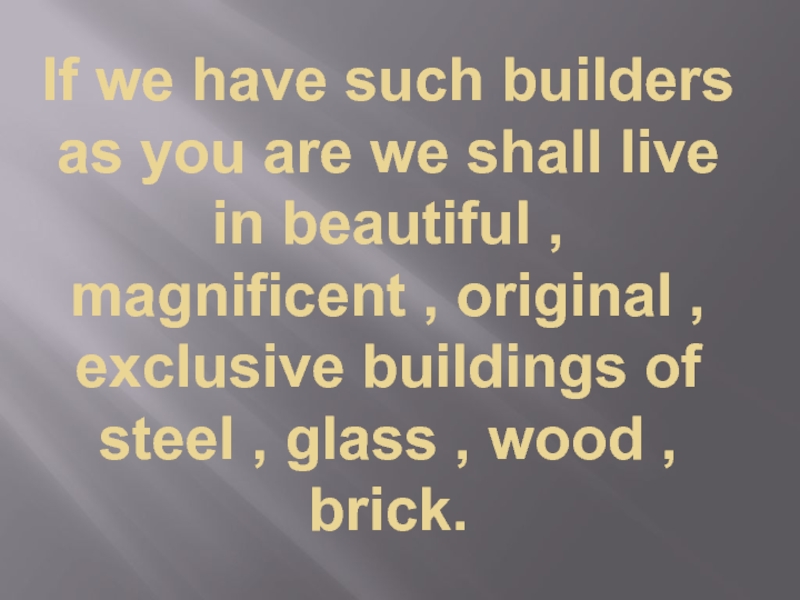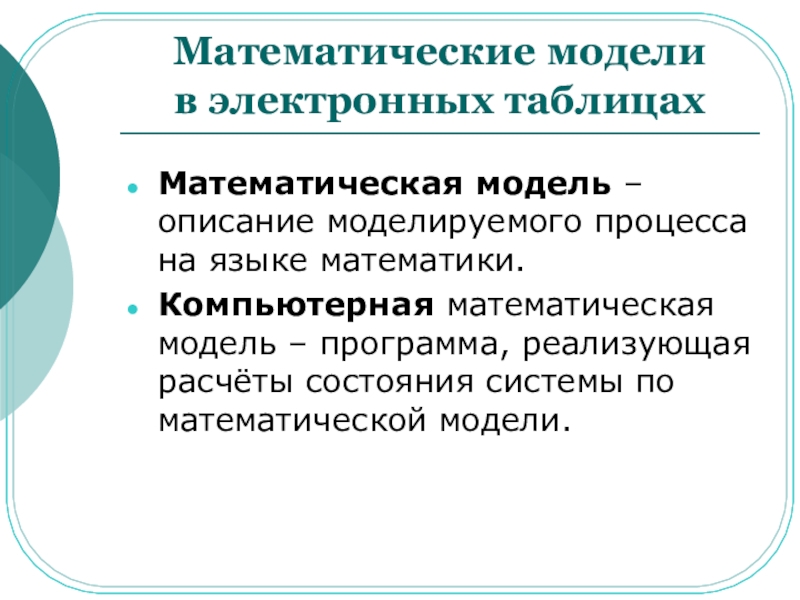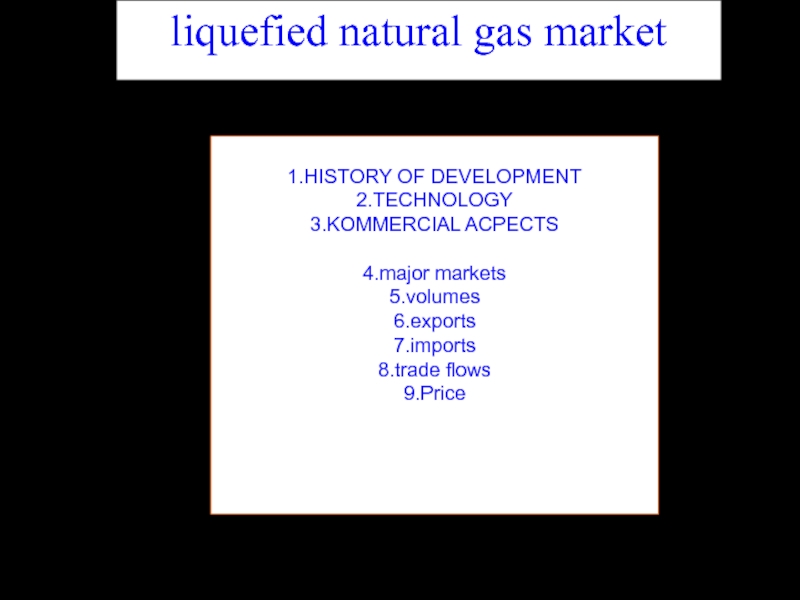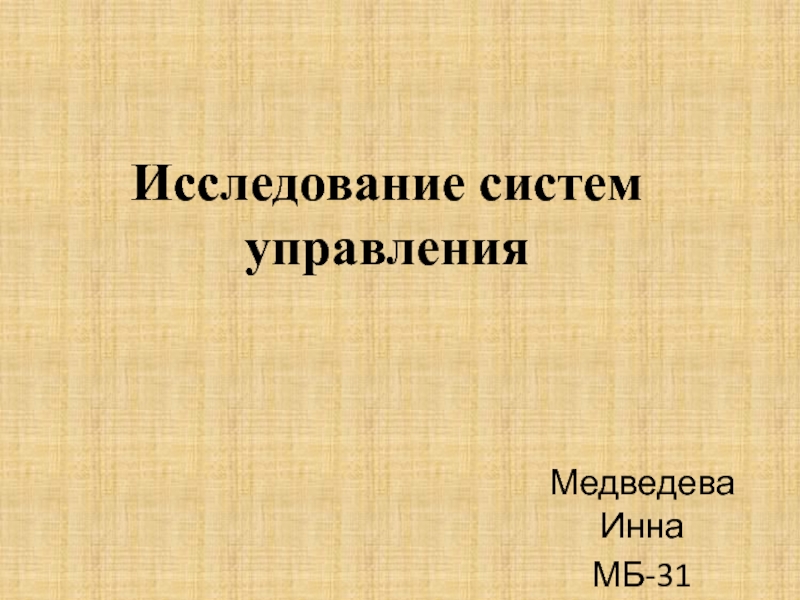Разделы презентаций
- Разное
- Английский язык
- Астрономия
- Алгебра
- Биология
- География
- Геометрия
- Детские презентации
- Информатика
- История
- Литература
- Математика
- Медицина
- Менеджмент
- Музыка
- МХК
- Немецкий язык
- ОБЖ
- Обществознание
- Окружающий мир
- Педагогика
- Русский язык
- Технология
- Физика
- Философия
- Химия
- Шаблоны, картинки для презентаций
- Экология
- Экономика
- Юриспруденция
THE THEME
Содержание
- 1. THE THEME
- 2. Housing BuildingsIndustrial Buildings
- 3. Wood BuildingGlass BuildingBrick BuildingSteel buildingStone building
- 4. Wood BuildingGlass BuildingBrick Building
- 5. Building professions:CarpenterBricklayerPlastererJoinerWelderMasonBuilder
- 6. CarpenterBricklayerPlasterer
- 7. WelderMasonJoiner
- 8. Steel
- 9. The aims of the project are:1. Steel production2. Ancient steel3. The importance of steelto know about
- 10. THE IMPORTANCE STEEL We say that we
- 11. Steel productionWhen iron is smelted from its
- 12. Ancient steelSteel was known in antiquity. The
- 13. In this project we have found out
- 14. Слайд 14
- 15. CEMENT
- 16. The aims of this project are1.The meaning
- 17. What does the word cement mean?The word
- 18. The definition of the word “cement”Now the
- 19. The most important cementBut in its more
- 20. The production of quality cementPortland Cement received
- 21. The process of production of quality cementIn
- 22. Cement plants in UkraineIn Ukraine there are
- 23. In this project we have found out
- 24. CONCRETE
- 25. The aim of this project isto know more about concrete and its application
- 26. The importance of concreteConcrete is the most
- 27. How to make concreteConcrete is a mixture
- 28. The use of concreteBefore pouring the mixture,
- 29. In this project we have found out
- 30. Слайд 30
- 31. Wood
- 32. The aims of the project are :
- 33. The derivation of woodWood derives from woody
- 34. The usage of woodWood has been used
- 35. The classification of woodWood is commonly classified
- 36. Wood as an ancient structural materialWood is
- 37. The advantages of woodIn comparison with steel
- 38. The disadvantages of wood On the other
- 39. Our questions:What was wood used for as
- 40. Protect wood!!!Done by Yaroslav Banko
- 41. Brick
- 42. The aims of this project are1. The
- 43. The definition of brickBrick as a structural
- 44. The shape and size of brickA brick
- 45. How to work with brickBy placing the
- 46. In this project we have found out
- 47. Слайд 47
- 48. Plastics
- 49. The aims of this project areThe application
- 50. The application of plastics Nowadays plastics can
- 51. The advantages of plastics Plastics are used
- 52. The manufacturing of laminate Laminate is a
- 53. In this project we have found out
- 54. GLASS
- 55. The aims of the project are:1. The
- 56. The usage of glassGlass is one of
- 57. The history of glassGlass is known to
- 58. The beginning of the glass productionExcavations testify
- 59. Thanks to the invention of Siemence-Martin Stove
- 60. Sheet glassBut the sheet glass is a
- 61. Positive qualities of glass:TransparencyChemical steadinessLow heat conductivity
- 62. Negative qualities of glass:Low firmness during incurvation
- 63. We came to the conclusion that:1. Glass
- 64. In this project we have found out
- 65. I wish you Air to breath;Fire to warm you;Water to drink;And the Earth to live one;
- 66. Слайд 66
- 67. If we have such builders as you
- 68. Скачать презентанцию
Housing BuildingsIndustrial Buildings
Слайды и текст этой презентации
Слайд 10THE IMPORTANCE STEEL
We say that we live in the
age of steel, and indeed is no industry which does
not use it. As a structural material steel has come into general use with the development of industry. Steel has largely displaced wood and bricks as basic materials in construction.Слайд 11Steel production
When iron is smelted from its ore by commercial
processes, it contains more carbon than is desirable. To become
steel it must be melted and reprocessed to reduce the carbon to the correct amount, at which point other elements can be added.Слайд 12Ancient steel
Steel was known in antiquity. The earliest known production
of steel is a piece of iron ware excavated from
an archaeological site in Anatolia and is about 4,000 years old. Other ancient steel comes from East Africa, dating back to 1400 BC. In the 4th century BC steel weapons like the Falcata were produced in the Iberian Peninsula, while horic steel was used by the Roman military.Слайд 13In this project we have found out the answers to
these questions:
1.Do we live in the age of steel?
2.Has steel
displaced wood and bricks as basic material in construction?3. What has its technique combined?
Слайд 16The aims of this project are
1.The meaning of the word
cement
2.Portland cement
3.Manufacture of Portland cement
4.Two processes of cement production
to
know about:Слайд 17What does the word cement mean?
The word cement comes from
the Latin word cementum , meaning pieces of rough uncut
stone. The ancient Romans used cement to build their famous buildings, bridges, and roads.The Romans built concrete foundations which are nearly as sturdy today as they were in the days of Julius Ceasar.Слайд 18The definition of the word “cement”
Now the word “cement” in
its widest sense includes an infinite variety of materials and
ranges from the clay used to bind stones and other material together.Слайд 19The most important cement
But in its more restricted sense the
word practically always means Portland cement, as this is by
far the most important cement used at the present time.Слайд 20The production of quality cement
Portland Cement received its name from
a fancied resemblance in appearance to Portland stone-a natural stone
found on the isle of Portland . It now ranks second only to steel as a structural material.Слайд 21The process of production of quality cement
In the dry process
the raw material are placed in rotary driers before being
ground and mixed, in the wet process the materials are ground and mixed wet. With modern equipment the same chemical control can be attained by either process.Слайд 22Cement plants in Ukraine
In Ukraine there are many cement plants.
The
most biggest are “Doncement” OAO Ukraine, town Donetsk, Krivorozhskiy cement
factory, Kramatorsk cement-slate combine, Bakhchisarai combine.Слайд 23In this project we have found out the answers to
such questions:
1.What does the word cement mean?
2.What does cement include?
3.What
is the most important cement used at the present time?4.What is important in the production of quality cement?
Слайд 26The importance of concrete
Concrete is the most necessary material in
modern architecture. This very old material used by the ancient
Romans. They knew the art of building huge concrete roofs supported only by walls, but this art was lost in the Middle Ages. And now concrete again plays an important part in the history of architecture.Слайд 27How to make concrete
Concrete is a mixture of powder called
cement, made from clay and chalk, water, sand and broken
brick or gravel. When mixed and left for a time, this mass becomes as hard as stone.Слайд 28The use of concrete
Before pouring the mixture, one can place
long steel rods or a steel mesh into the trough.
We call this ferro-concrete, and we can mould it into any shape. Concrete is as plastic as clay, and it is much easier to get unusual shapes from concrete than from stone or brick. One can use concrete to model a building into different forms as readily as a child uses plasticine to do the same thing.Слайд 29In this project we have found out answers to these
questions:
1. What is the most necessary material in modern architecture?
2.
Who used this very old material?3. What is concrete made from?
4. Where is concrete used?
Слайд 32The aims of the project are :
to know about
1.The
derivation of wood.
2.The usage of wood.
3.The classification of wood.
4.Wood as
an ancient structural material.5.The advantages of wood.
6.The disadvantages of wood.
Слайд 33The derivation of wood
Wood derives from woody plants, notably trees
but also shrubs wood from the latter is only produced
in small sizes.Слайд 34The usage of wood
Wood has been used for millennia for
many purposes being many things to many people. One of
its primary use is a fuel. It is also used as a material for making artworks, boats, buildings, furniture, ships, tools weapons ets.Слайд 35The classification of wood
Wood is commonly classified as either softwood
or hardwood. The wood from conifers (pine) is called softwood
and the wood from broad-leaver trees (oak) is called hardwood.Слайд 36Wood as an ancient structural material
Wood is the most ancient
structural material, which was used by the primitive man for
building a hut, protecting him from stormy weather and wild animals.Слайд 37The advantages of wood
In comparison with steel wood is lighter,
cheaper, easier to work and its mechanical properties are good.
For some purposes it has certain advantages over steel. The ease with which wood can be shaped and fastened together, especially with nails and screws, is the chief reason why it has been the leading structural material since man used tools.Слайд 38The disadvantages of wood
On the other hand, wood has
certain disadvantages as compared with other structural materials. First, it
burns and is therefore unsuitable for fireproof buildings. Second it decoys and is not considered so durable as steel and concrete.Слайд 39Our questions:
What was wood used for as an ancient structural
material?
What is the difference between wood and steel?
What are disadvantages
of wood?How is it commonly classified?
Слайд 42The aims of this project are
1. The definition of brick
2.
The shape and size of brick
3. How to work with
brickto know about
Слайд 43The definition of brick
Brick as a structural material was known
many thousands years ago and are used as a substitute
for other materials found in natural state. A brick building is strong durable and weather resistant. It has, however, certain disadvantages:it is more expensive
the process of constructing a brick building is very slow and requires much skilled labour on the site
Слайд 44The shape and size of brick
A brick is best described
as “a building unit”. It may be made of burnt
clay, of concrete, of mortar or of a composition of sawdust and other materials; in shape it is a rectangular solid and its weight is from 6,5 to 9 lb.The shape and convenient size of a brick enables a man to grip it with an easy confidence and, because of this, brick-building has been popular for many hundreds of years.
Слайд 45How to work with brick
By placing the hand over the
surface of the upper part of a brick and by
placing the thumb centrally down the face of the brick with the first joints of the fingers on the opposite face, the brick may be securely handled.Слайд 46In this project we have found out the answers to
these questions
1. What materials is brick made of?
2. What is
the shape of brick?3. Has brick building has been popular for many hundreds of years?
Слайд 49The aims of this project are
The application of plastics
The advantages
of plastics
The manufacturing of laminate
to know about
Слайд 50The application of plastics
Nowadays plastics can be applied to almost
every branch of building, from the laying of foundation to
the final coat of paint.A lot of decorative plastics now available has brought about a revolution in interior and exterior design.
Слайд 51The advantages of plastics
Plastics are used now not only for
decoration. These materials are sufficiently rigid to stand on their
own without any support. They can be worked with ordinary builders tools.Слайд 52The manufacturing of laminate
Laminate is a strong material manufactured from
many layers of paper or textile impregnated with thermosetting resins.
Laminate has been developed for both inside and outside use. Being used for surfacing, laminate gives the tough surface.Слайд 53In this project we have found out the answers to
these questions
Where can plastics be applied?
What advantages do plastics offer?
What
is laminate?What does laminate give?
Слайд 55The aims of the project are:
1. The usage of glass
2.
The history of glass
3. The first glass plant
4. The beginning
of the glass production5. Sheet glass
6. Positive qualities of glass
7. Negative qualities of glass
to know more about
Слайд 56The usage of glass
Glass is one of the most widespread
materials which is widely used in economy and everyday life
for buildings, glass cooking utensils, mirrors, electro lamps and necessary things of our everyday life.Tubes devices and reactors made of glass are used in food and chemical industries
Слайд 57The history of glass
Glass is known to the people for
nearly fifty- five centuries. The most ancient examples of the
glass were discovered in Egypt.Glass products dating back to 2000 BC were found in India, Japan, Korea.
Слайд 58The beginning of the glass production
Excavations testify that the secrets
of the glass production in Russia were known more than
ten thousand years ago. The first glass plant was built in the village Duhanino near Moscow in 1634.Слайд 59Thanks to the invention of Siemence-Martin Stove and plant production
of soda the glass production gained mass character only at
the end of the last centuryСлайд 60Sheet glass
But the sheet glass is a modern one. The
technology of its production was worked out nowadays.
The glass is
manufactured at the glass plants from the special quartz sand. Слайд 63We came to the conclusion that:
1. Glass is one of
the most wide spread materials
2. Glass has an ancient history
3.
Sheet glass is a modern one4. Glass has positive and negative qualities
Слайд 64In this project we have found out the answers to
these questions:
Is glass one of the most widespread materials?
What is
used in food and chemical industries?Where were the most ancient examples of the glass discovered?
When was the first glass plant build?
How is glass manufactured?
